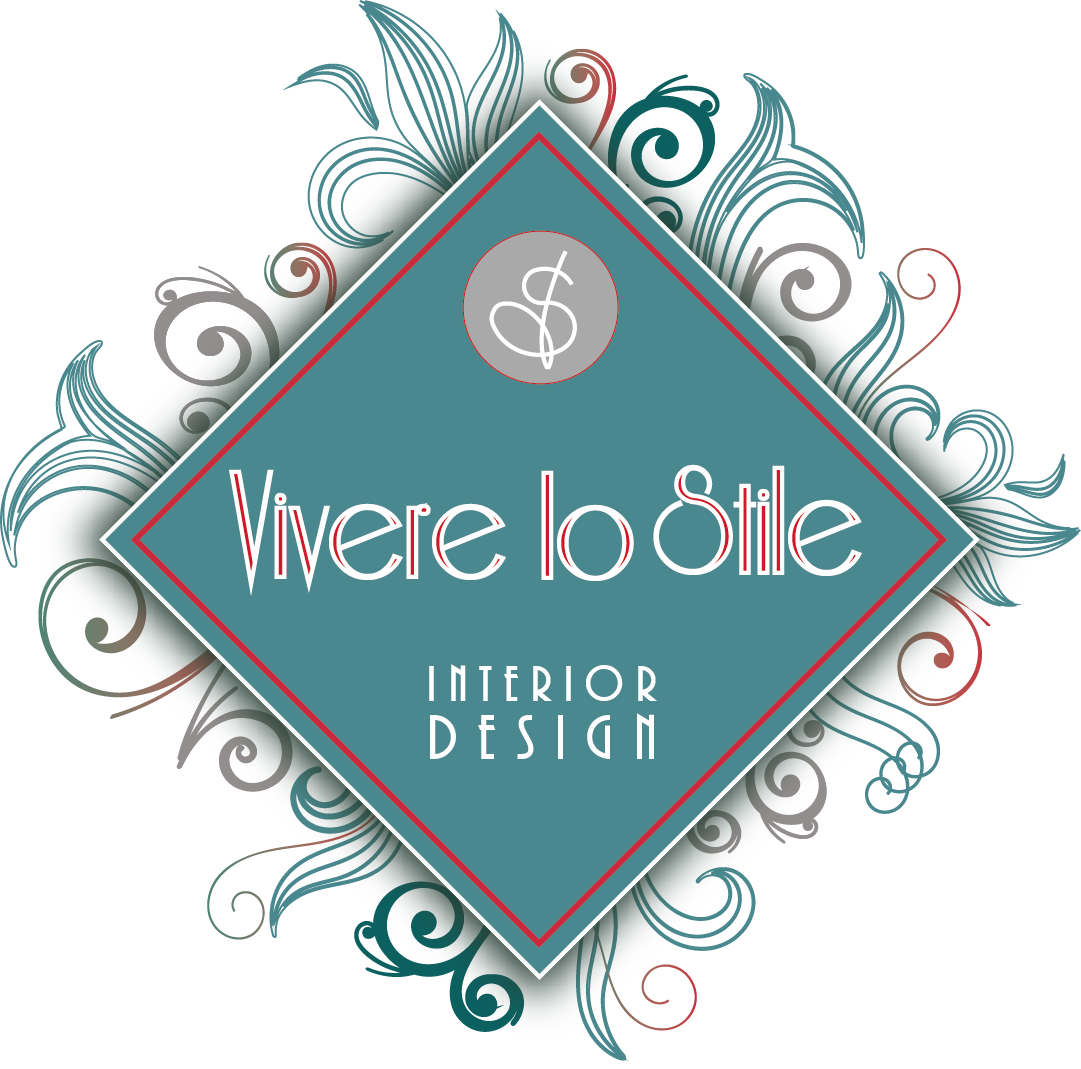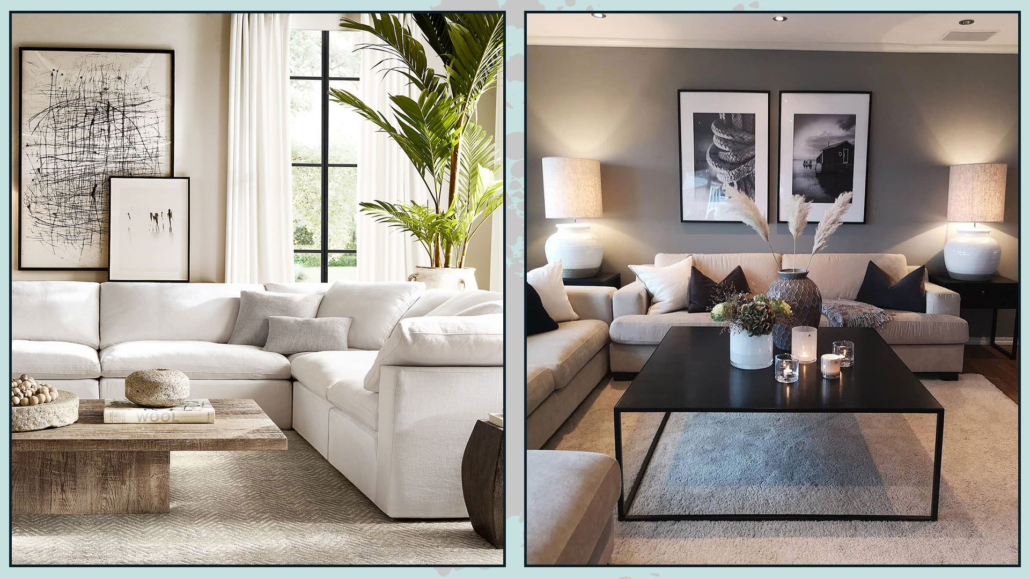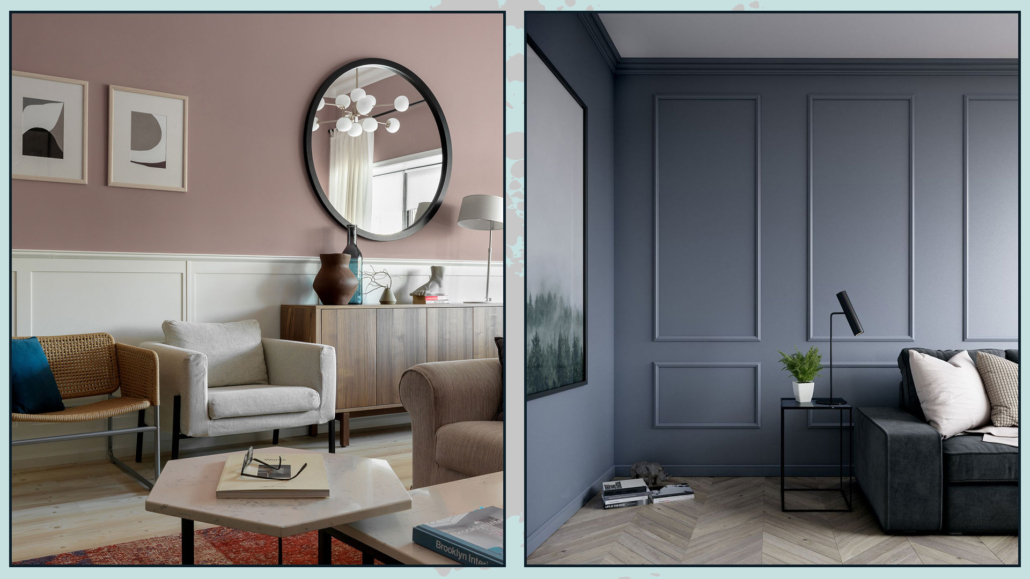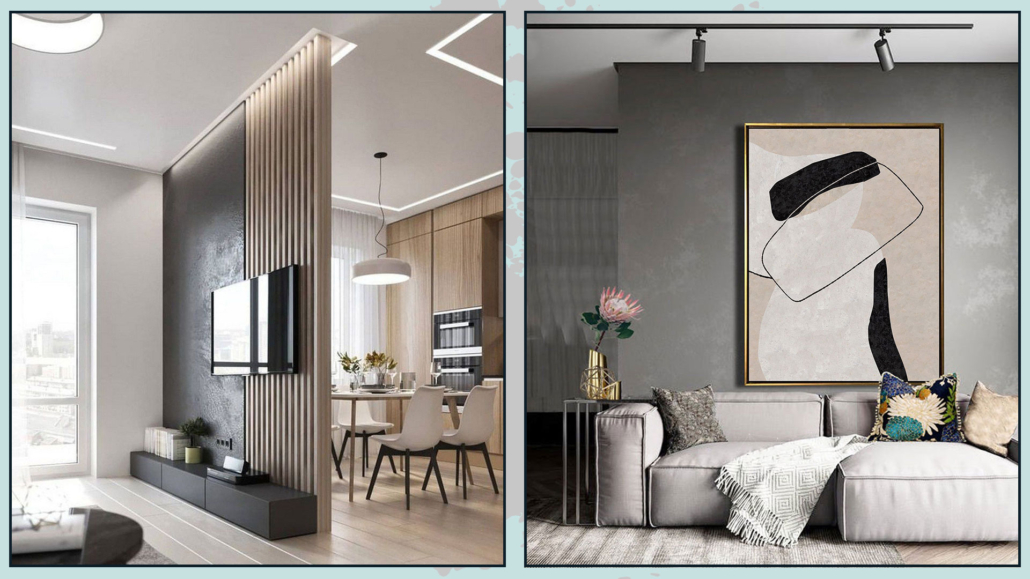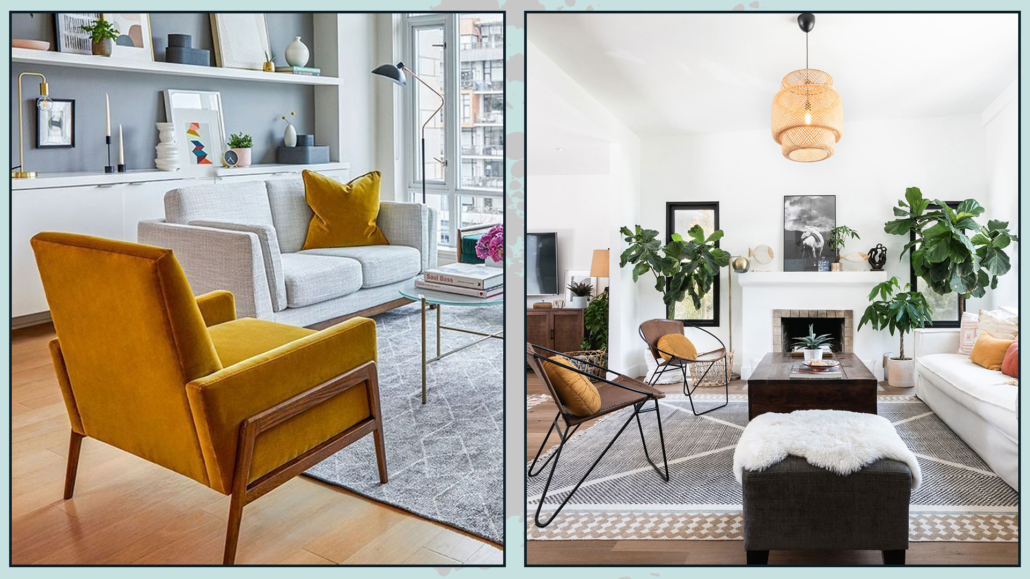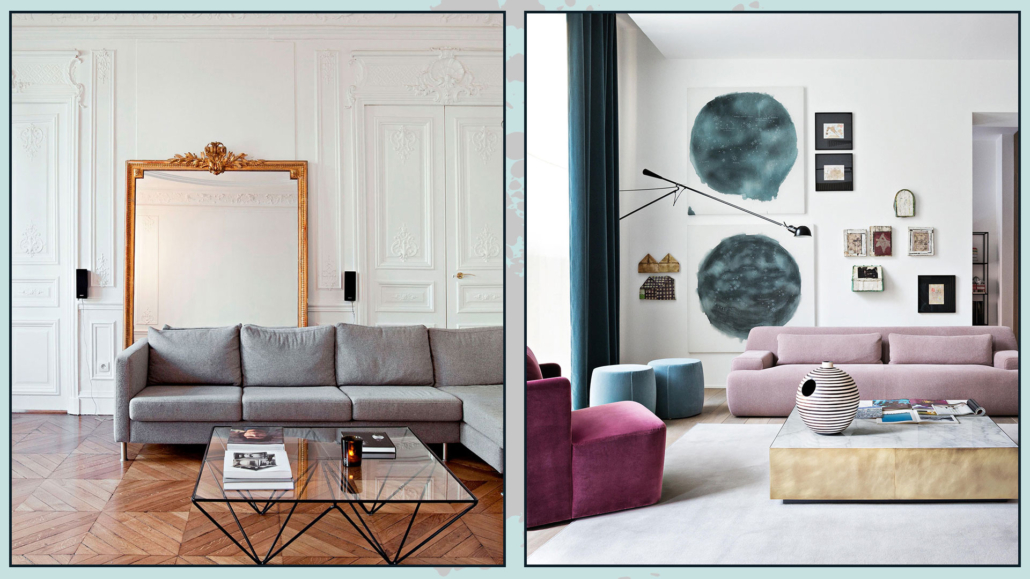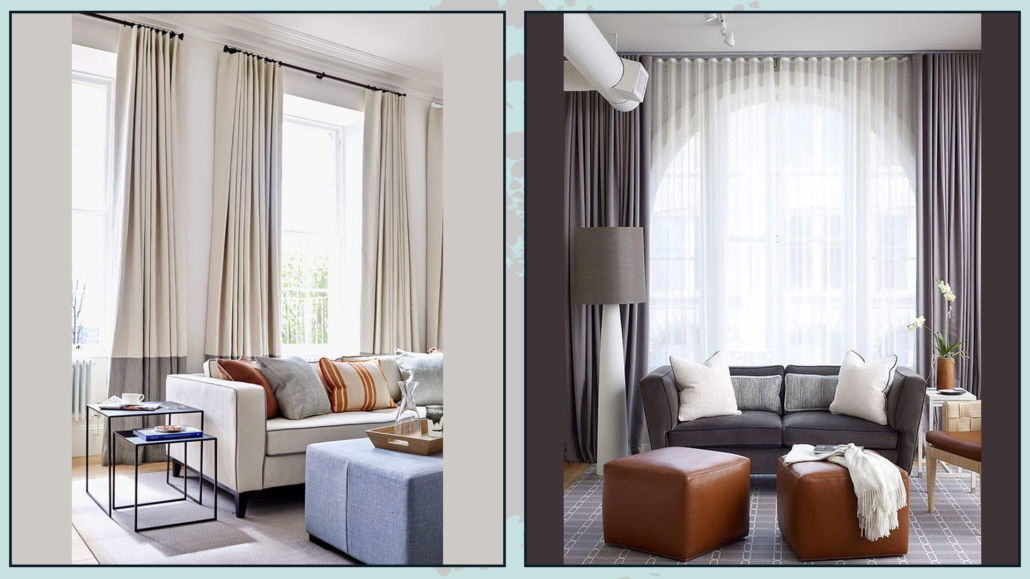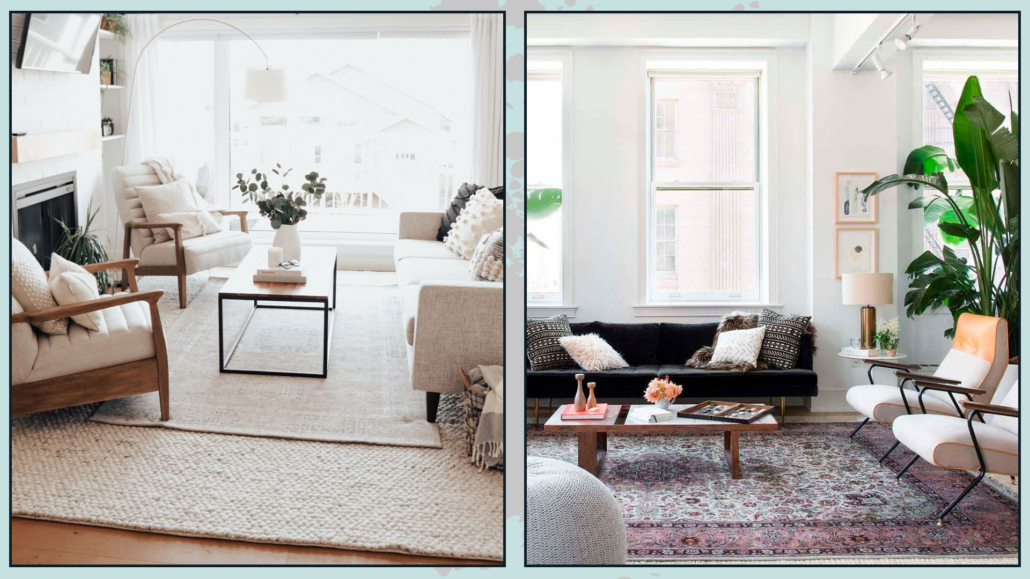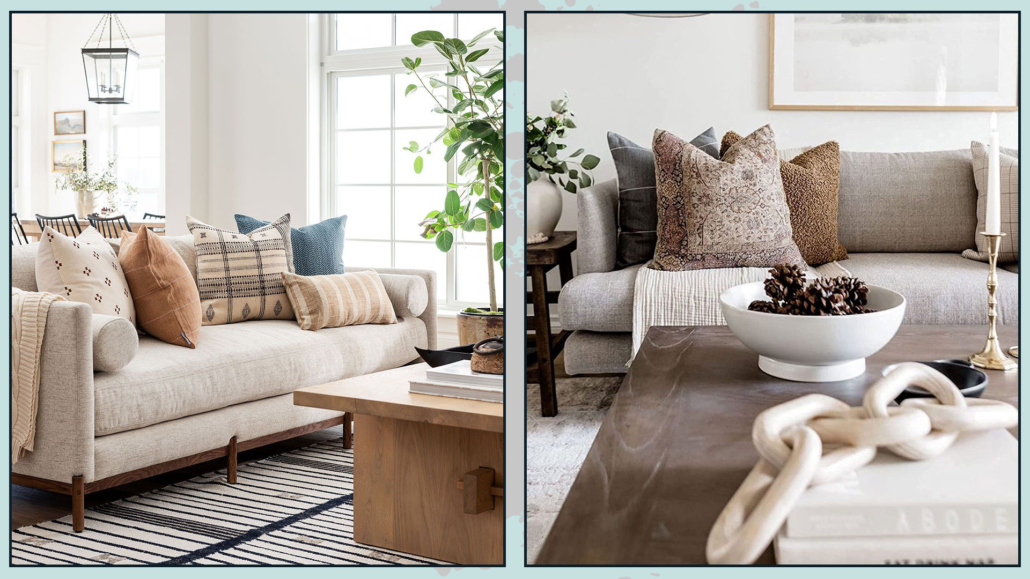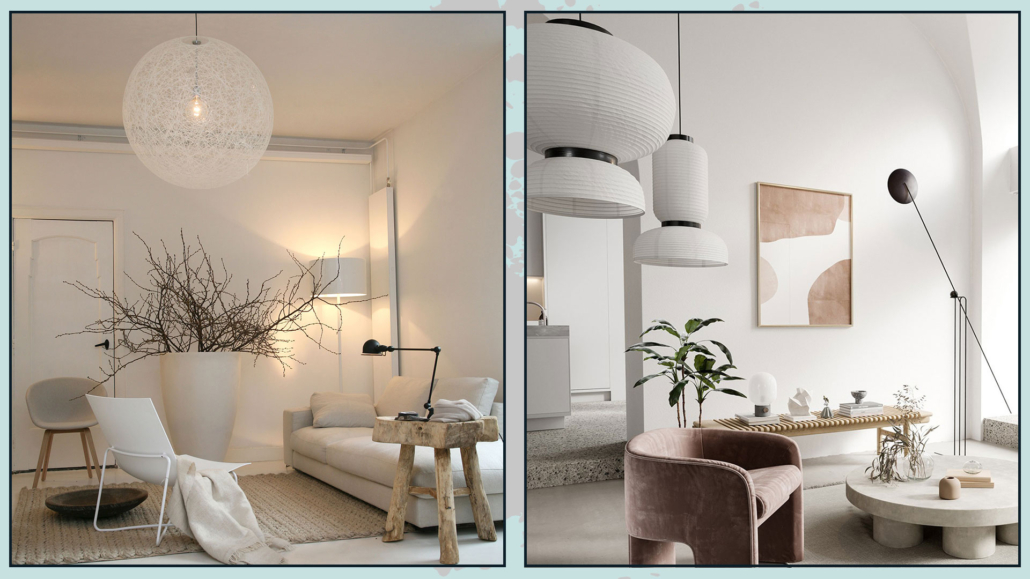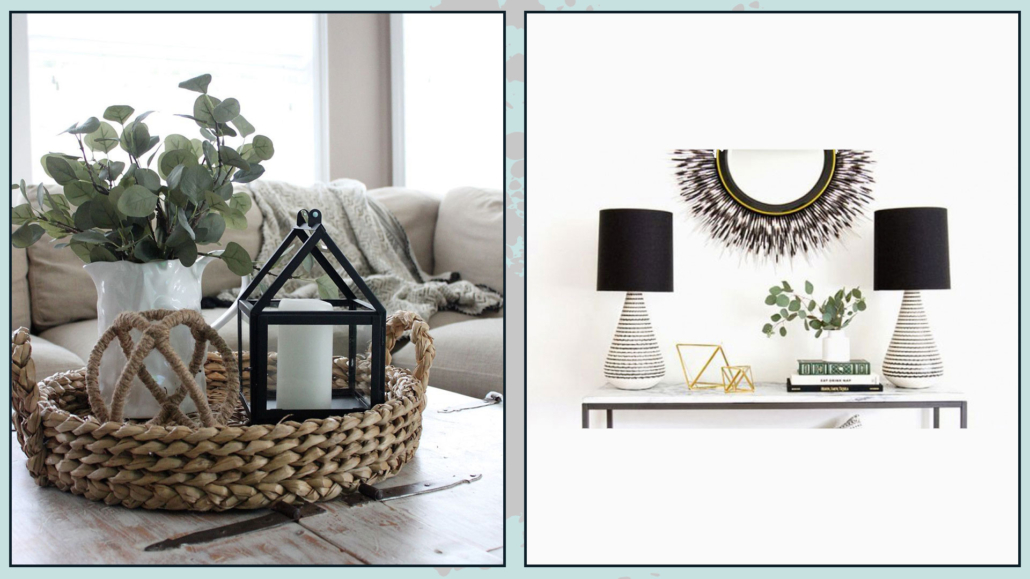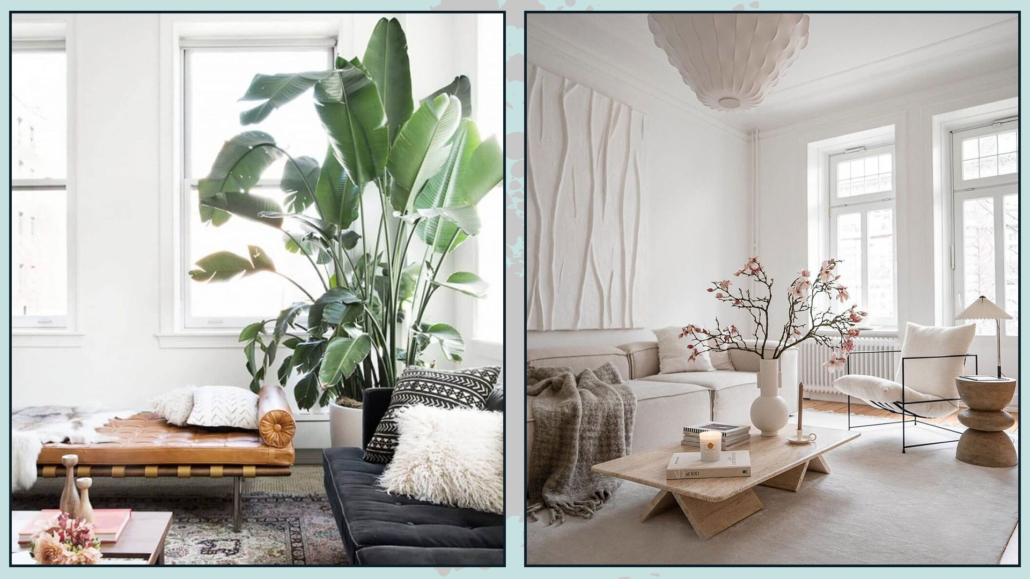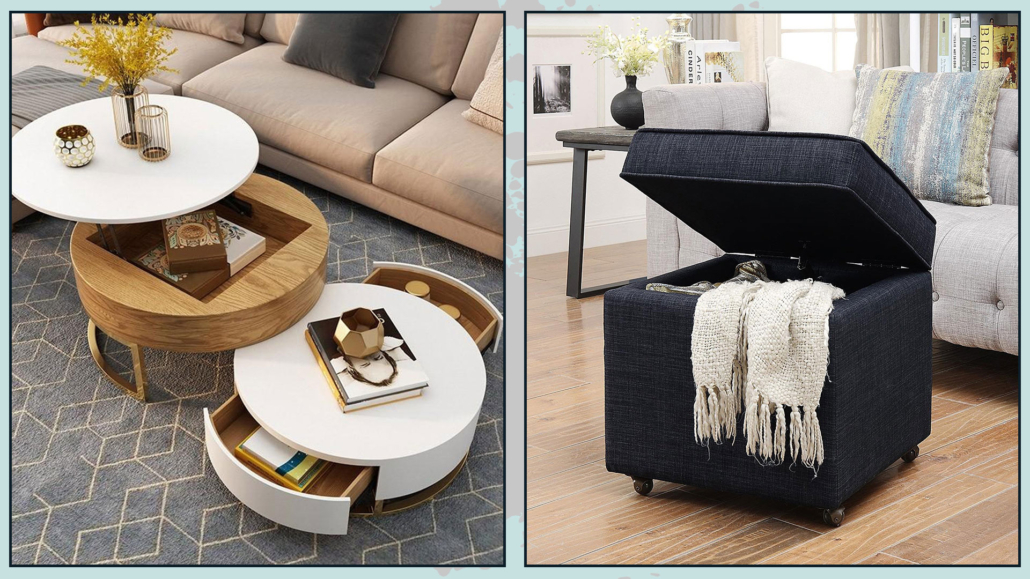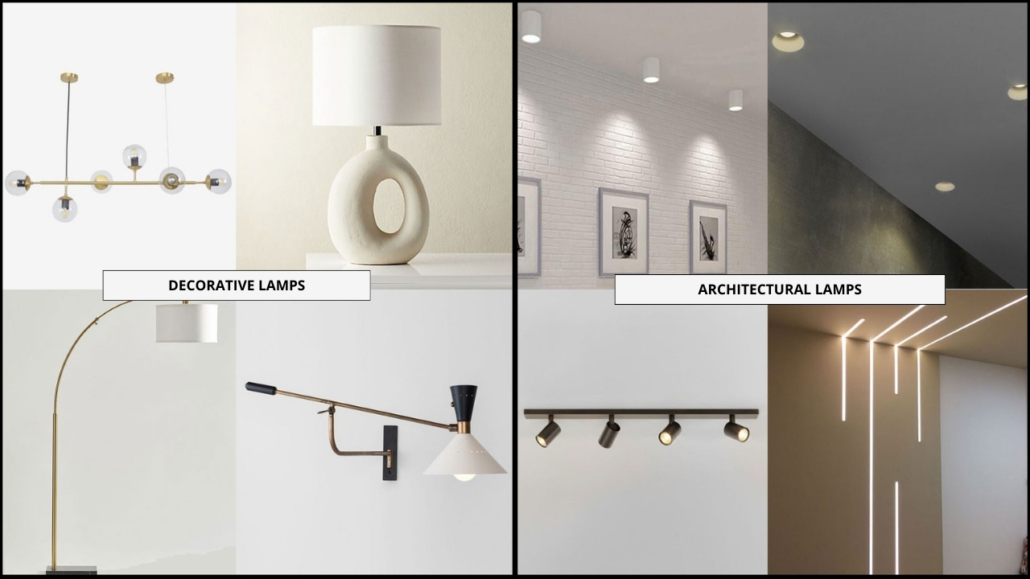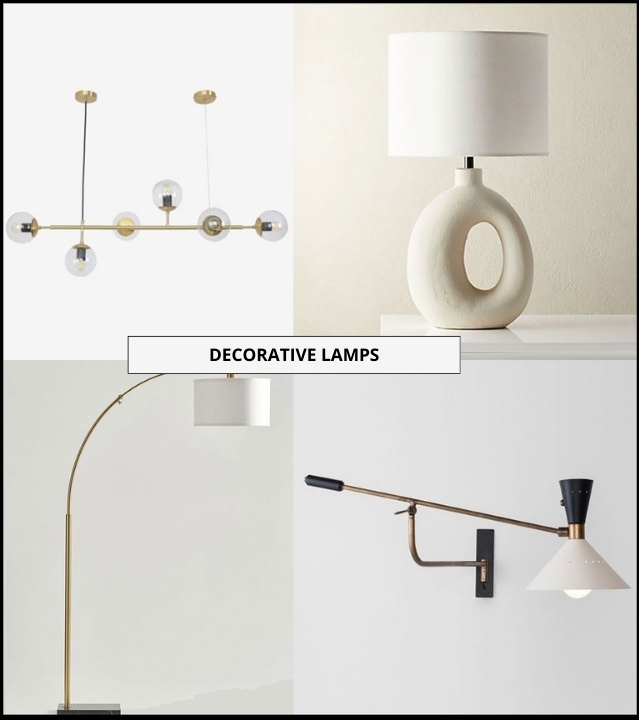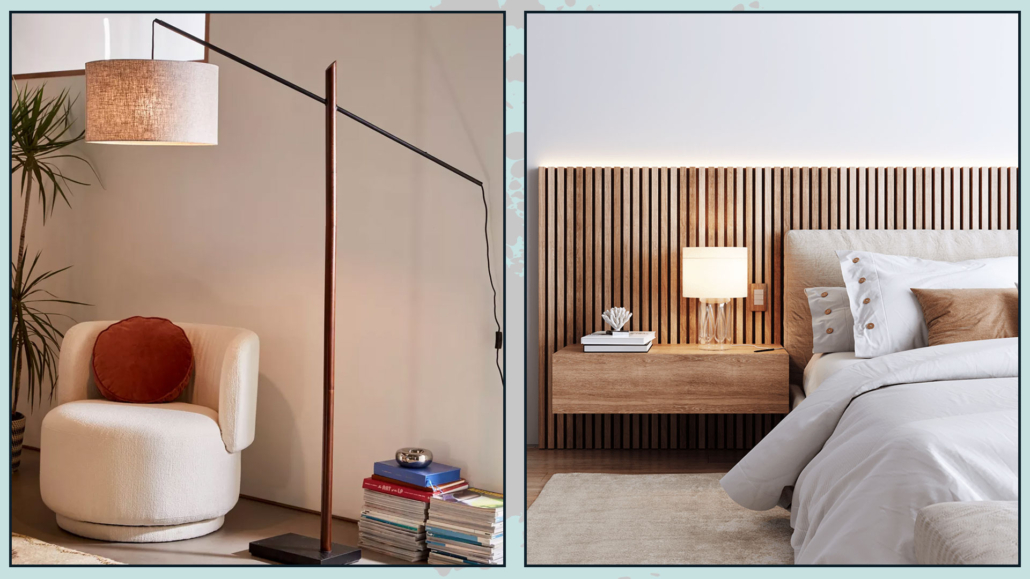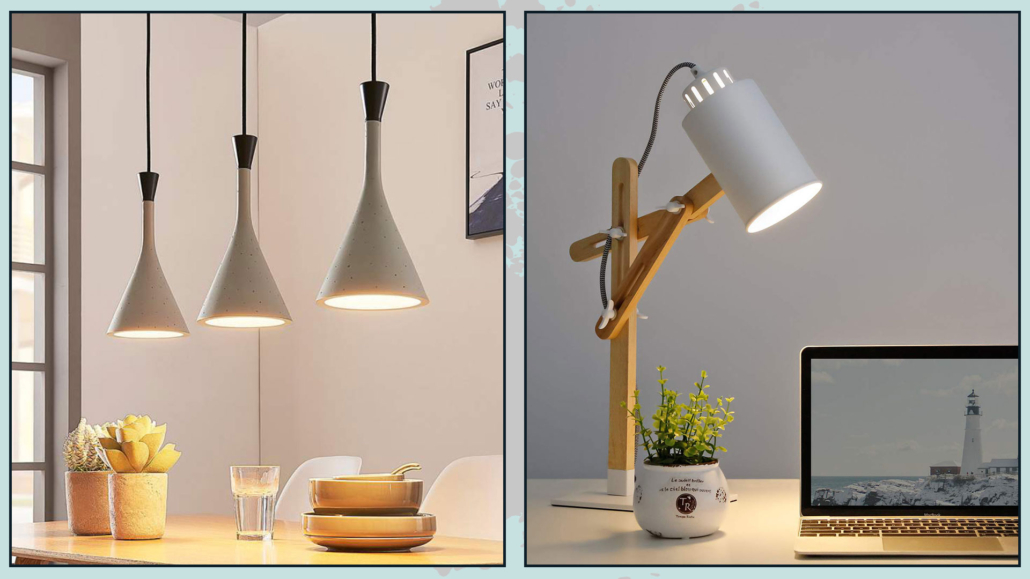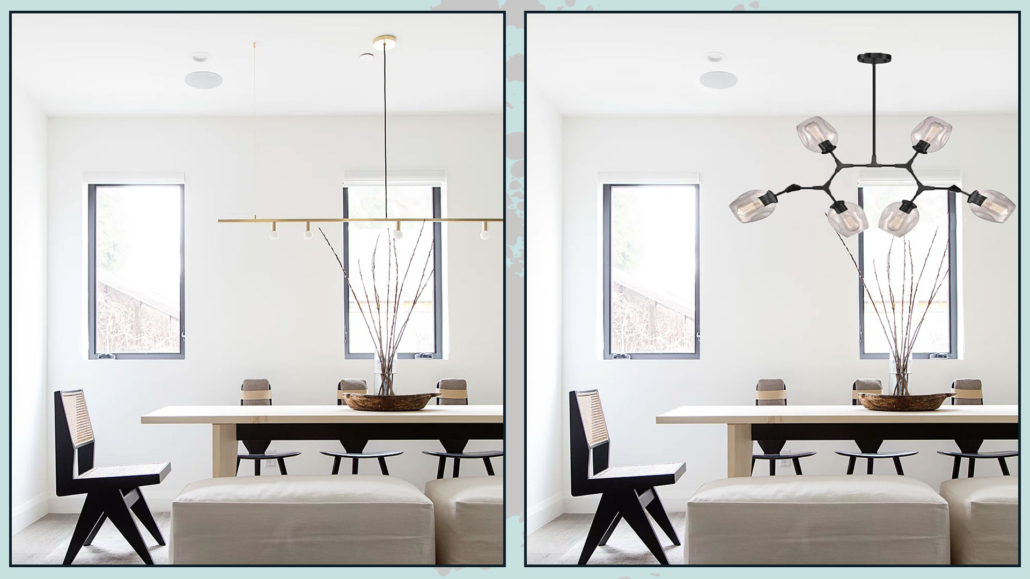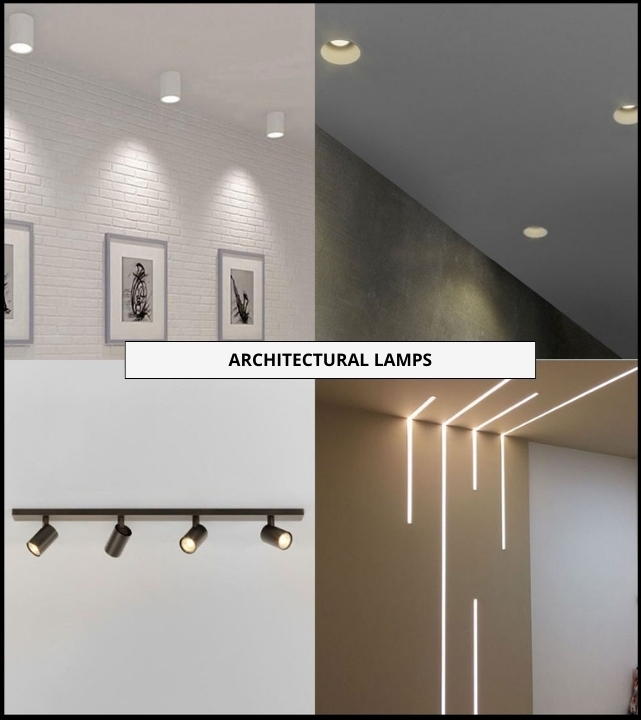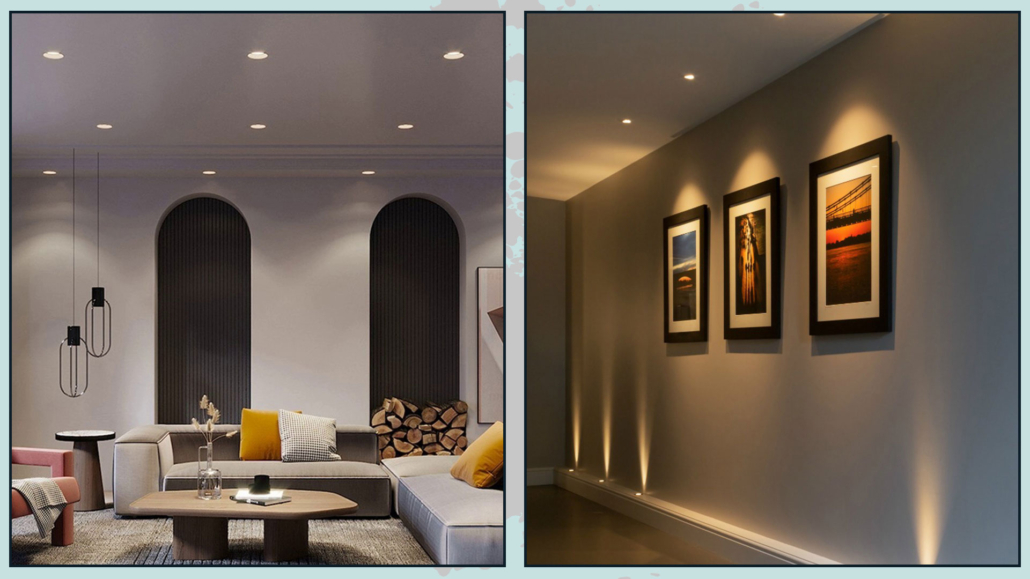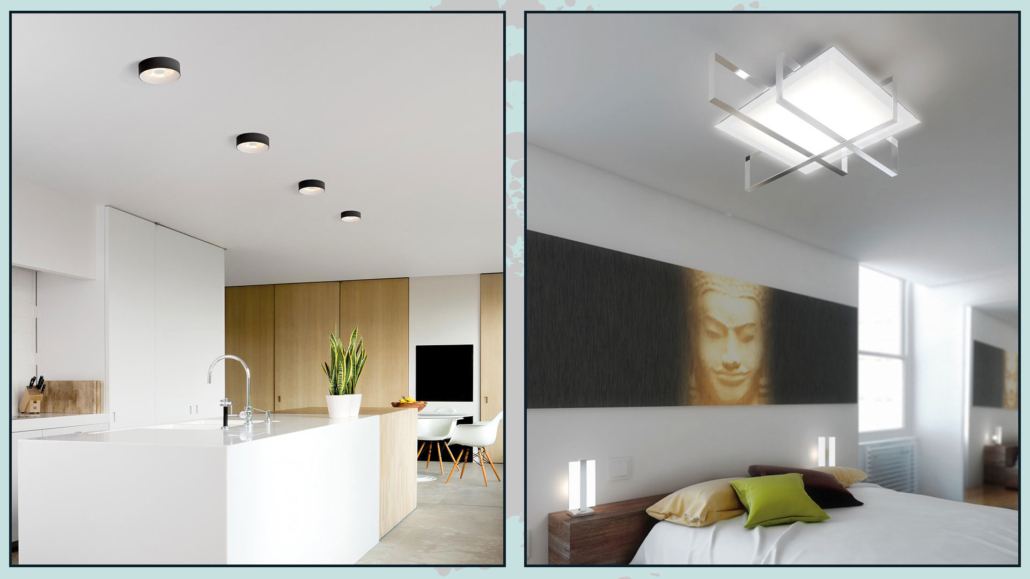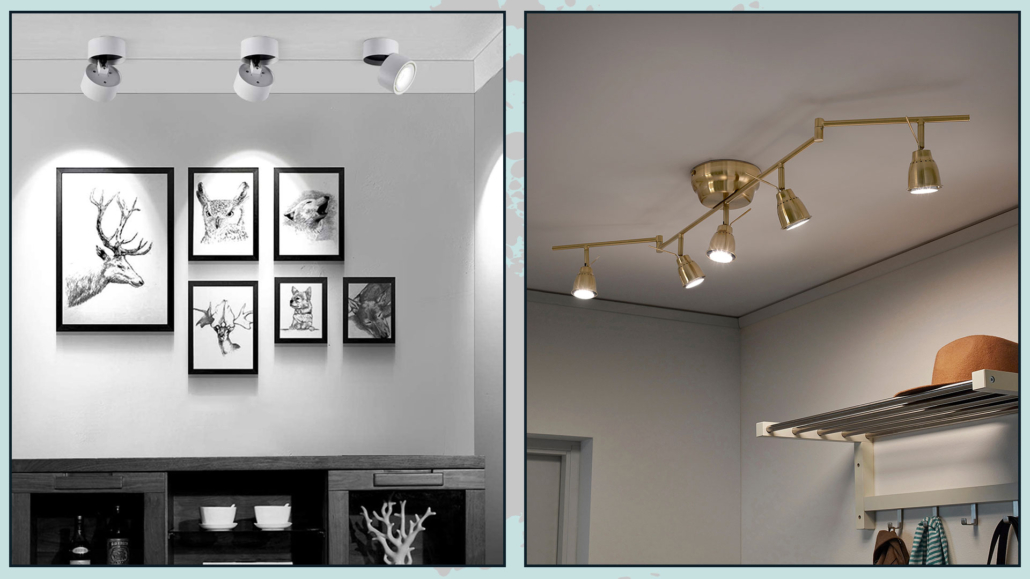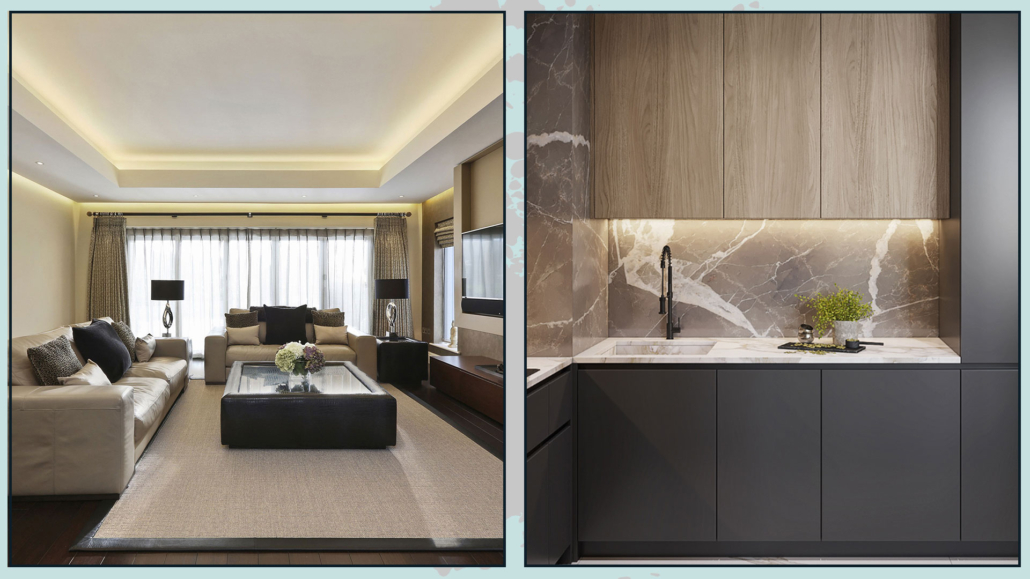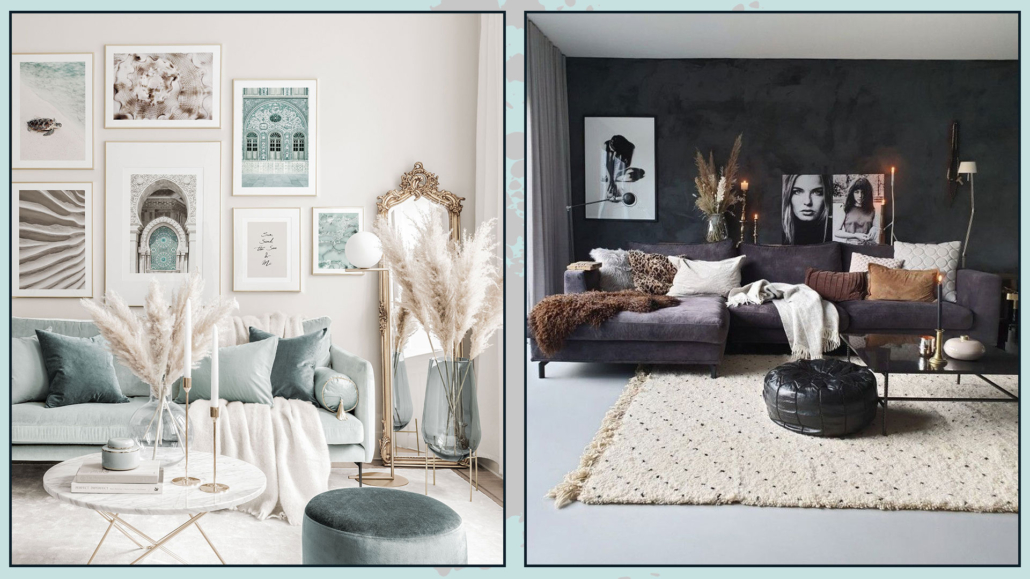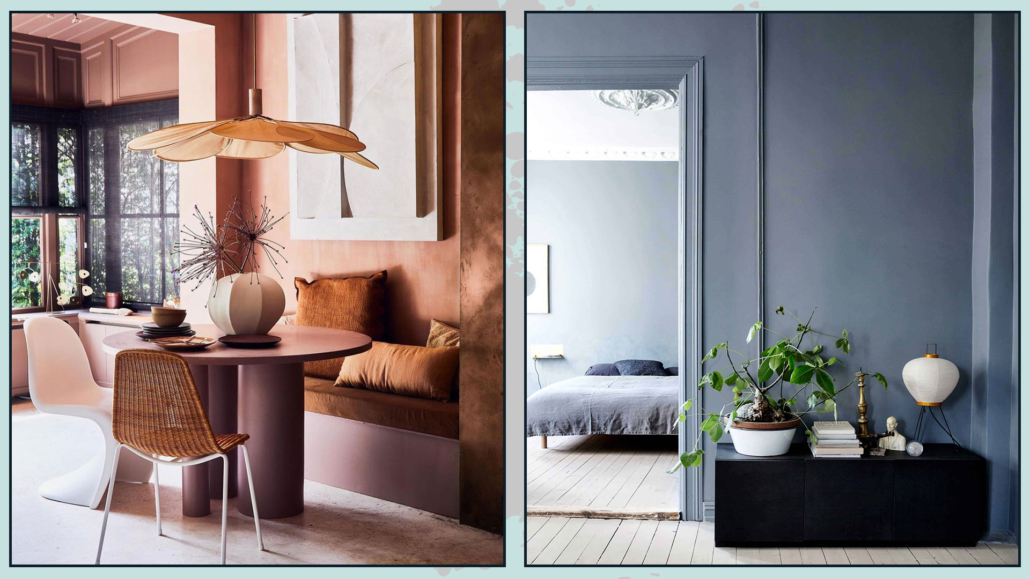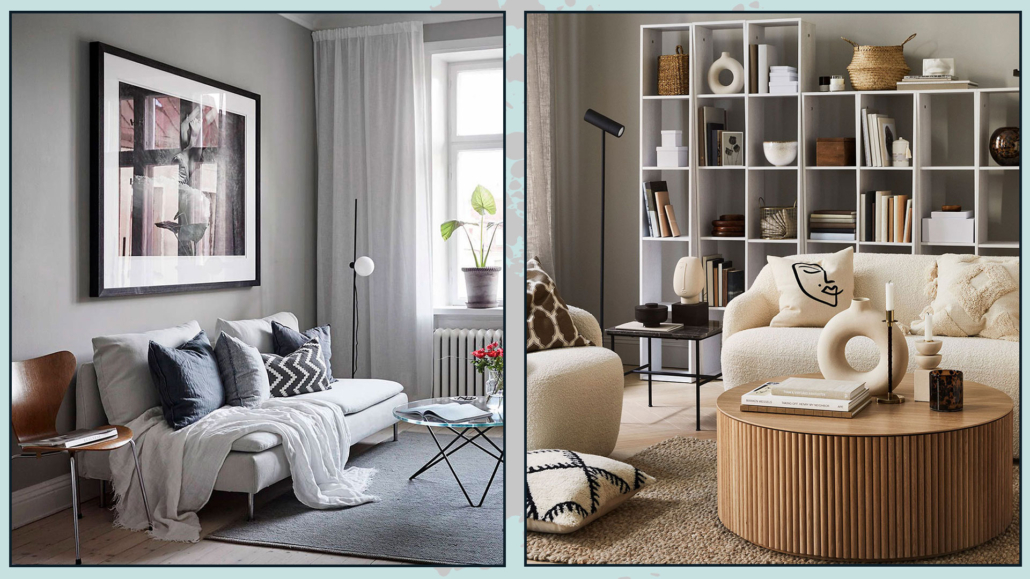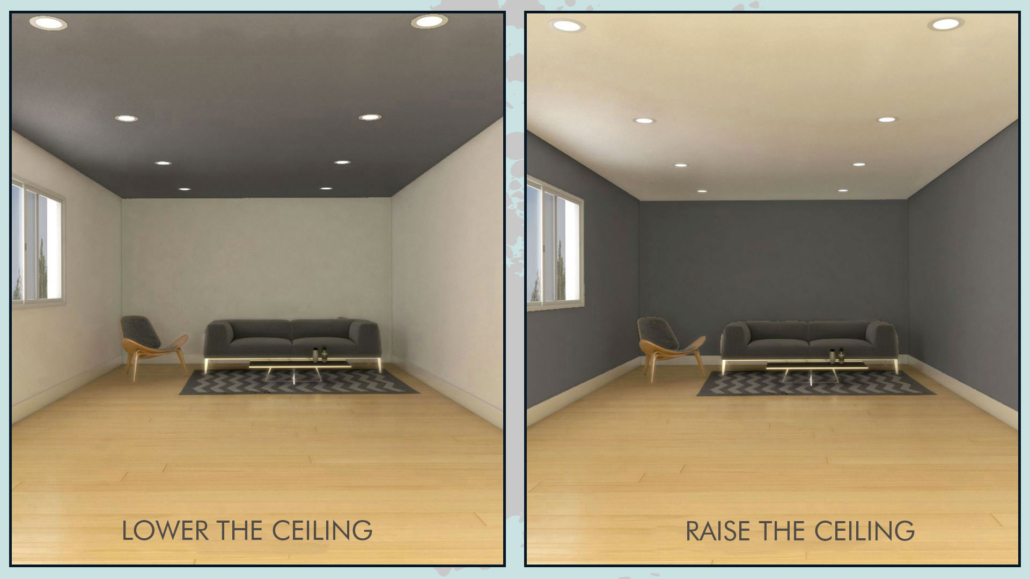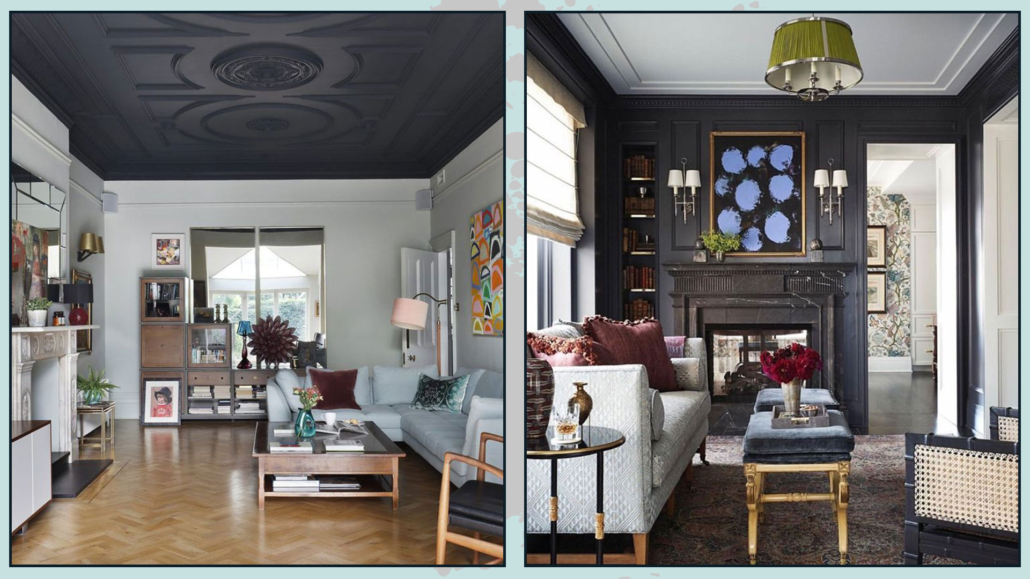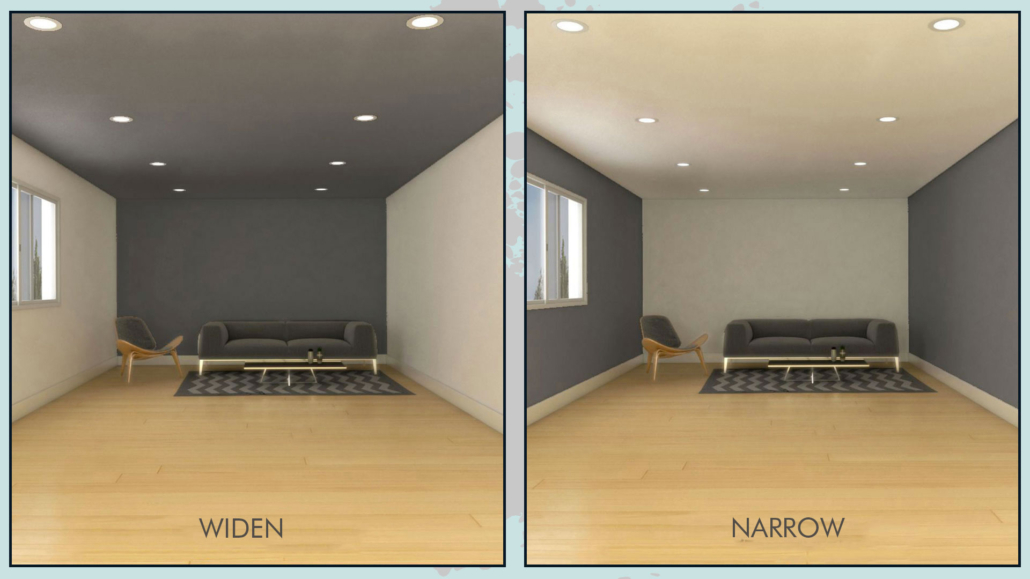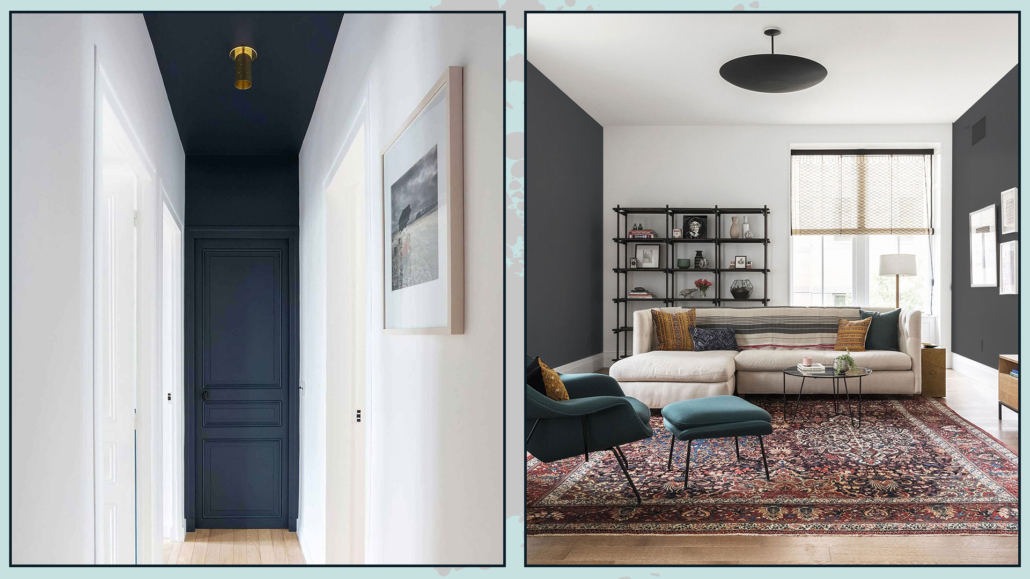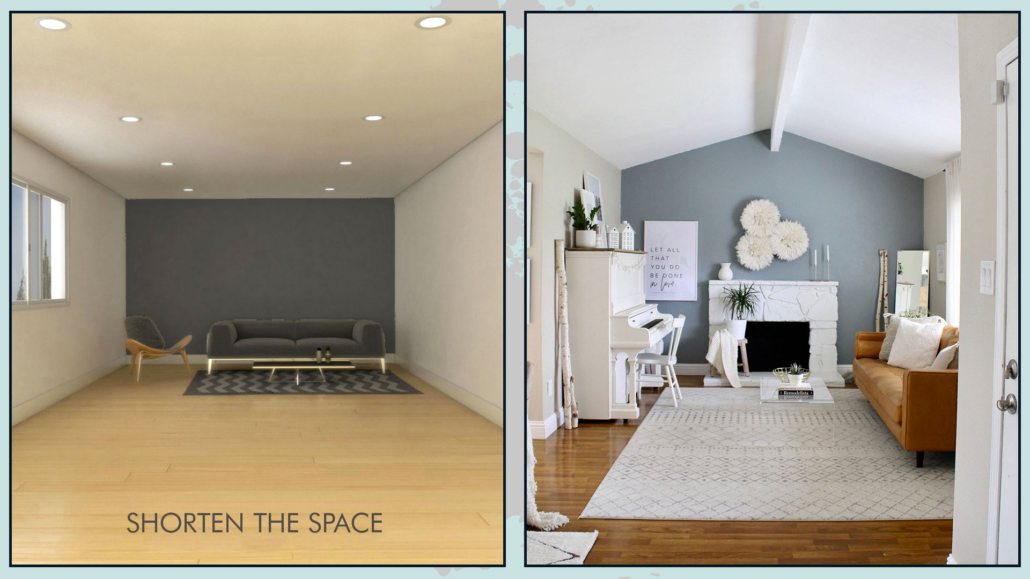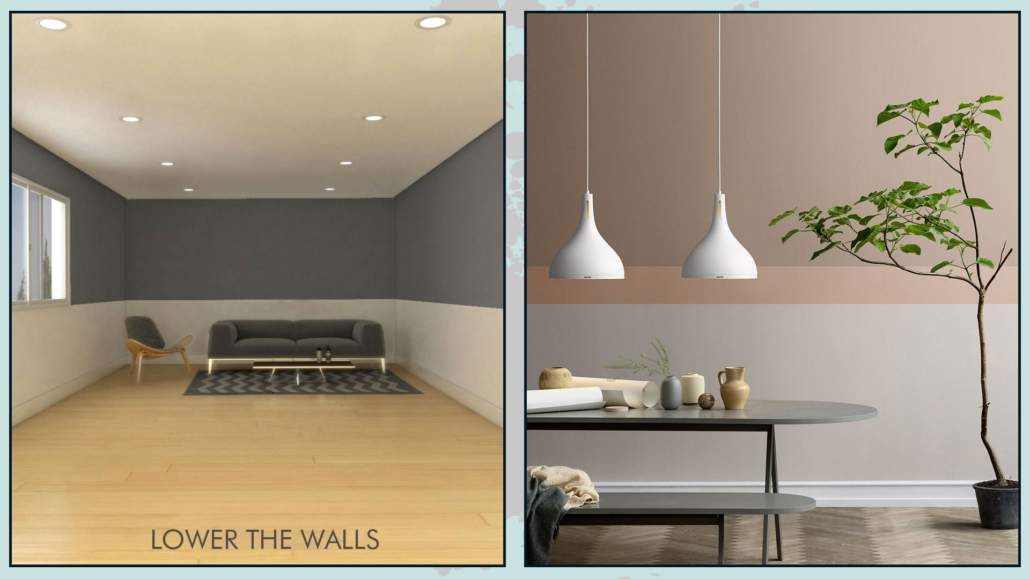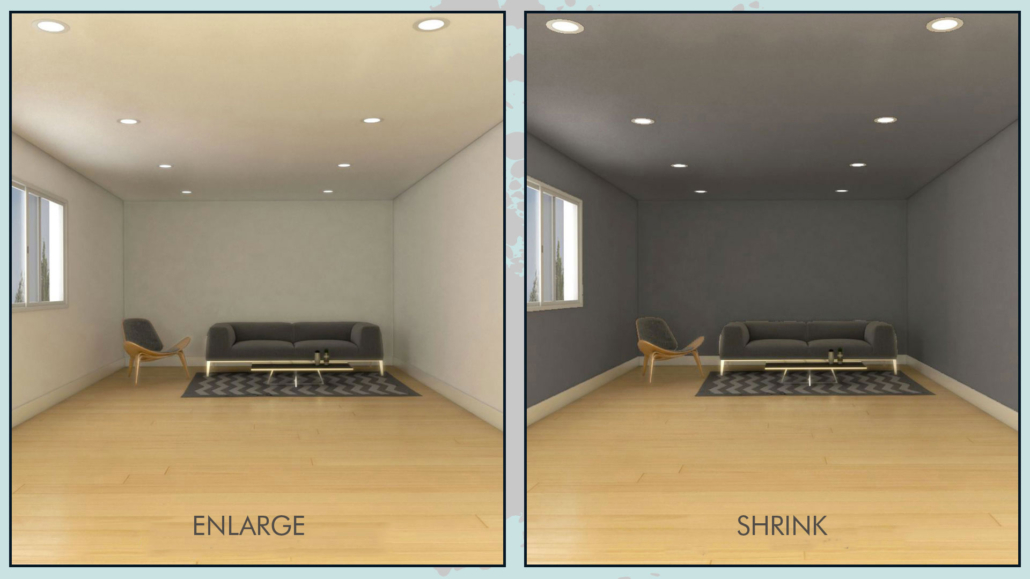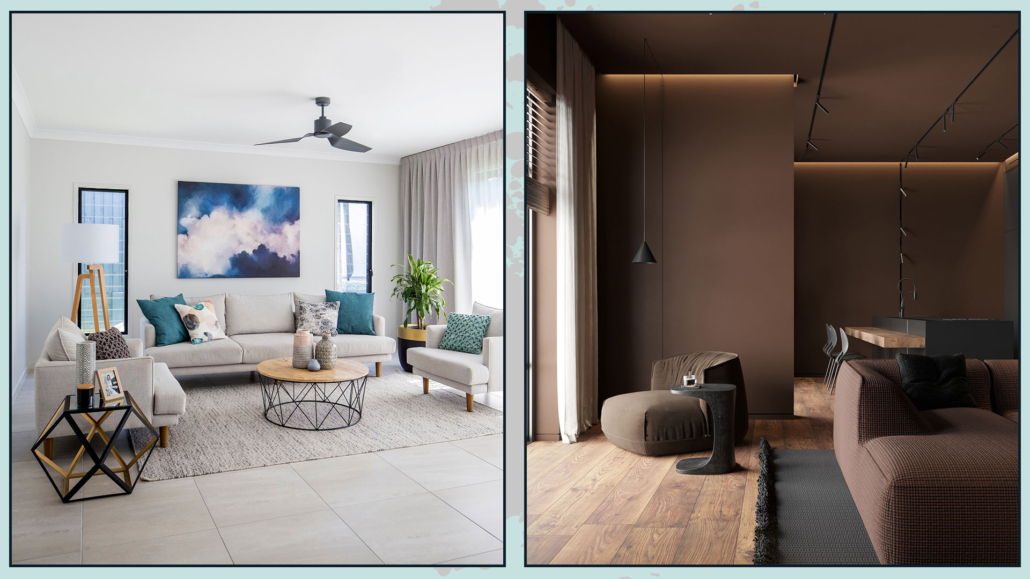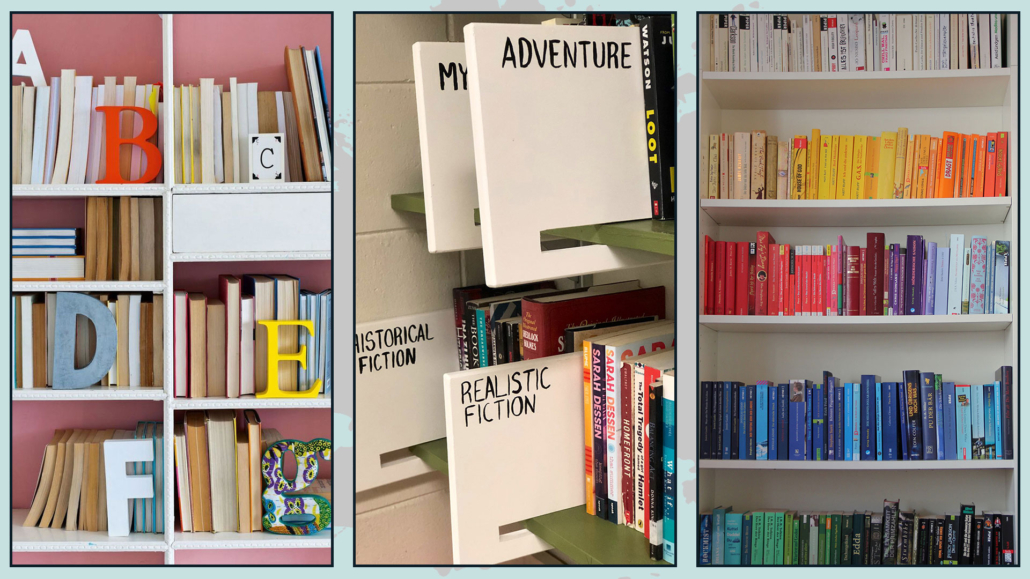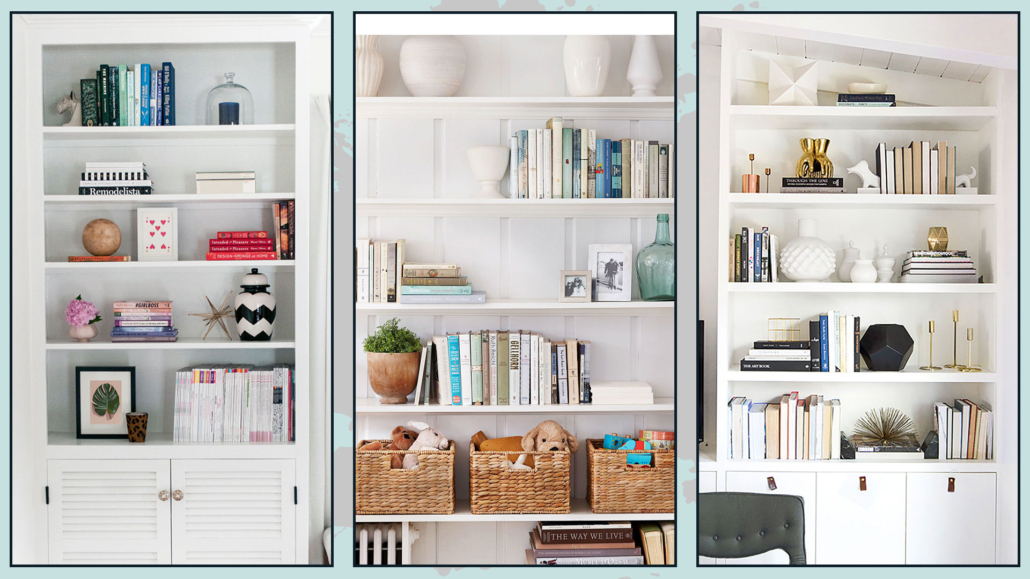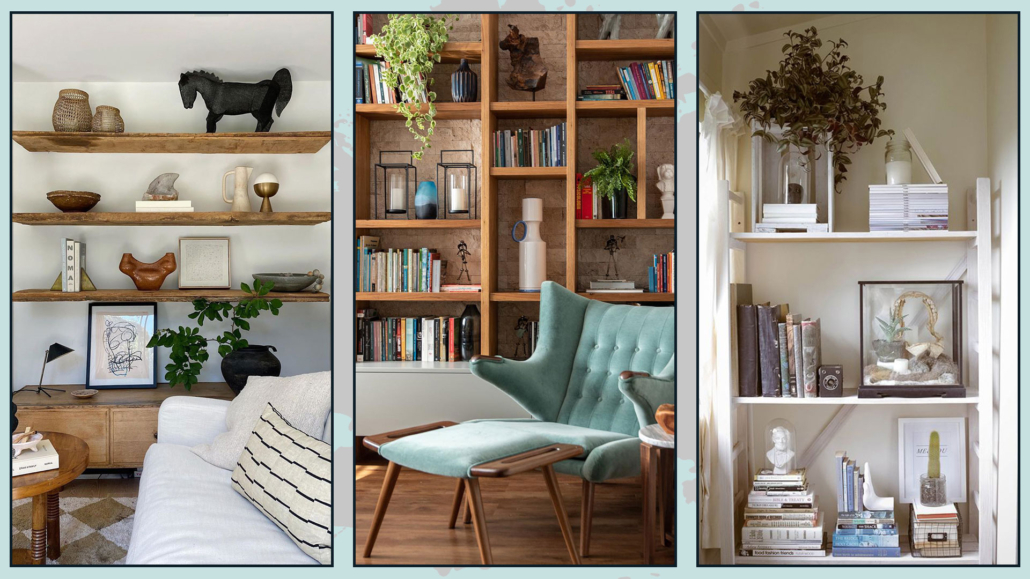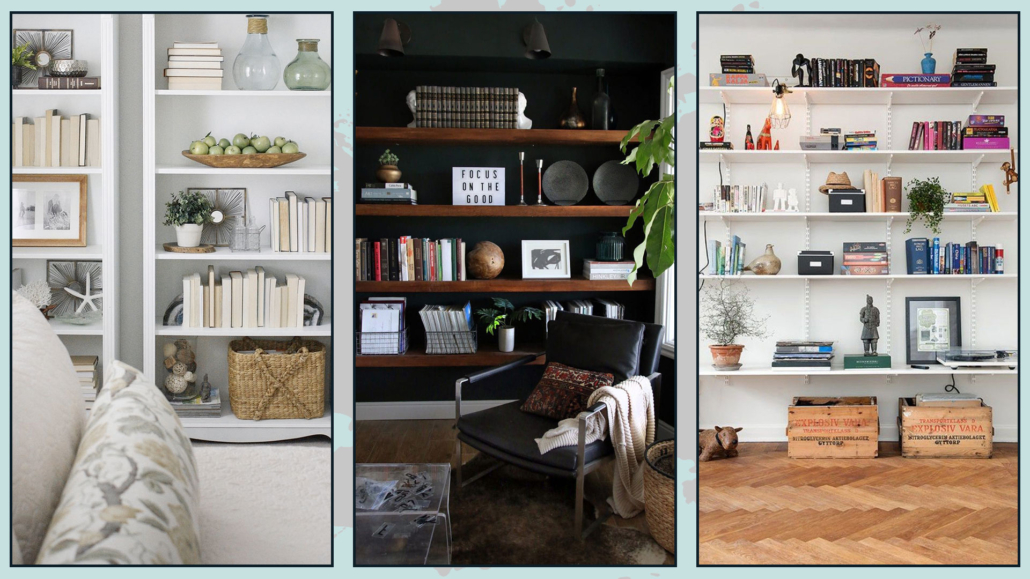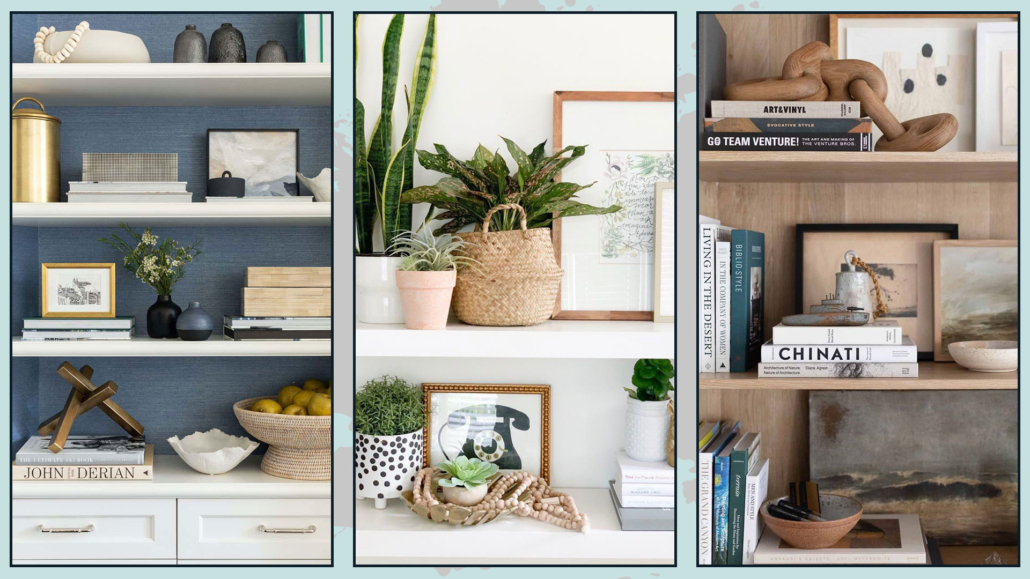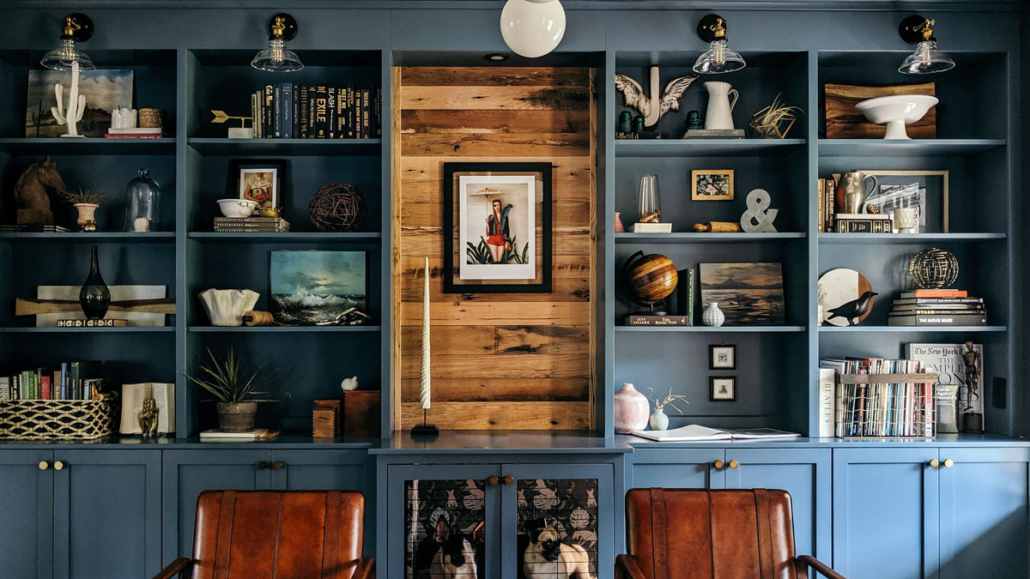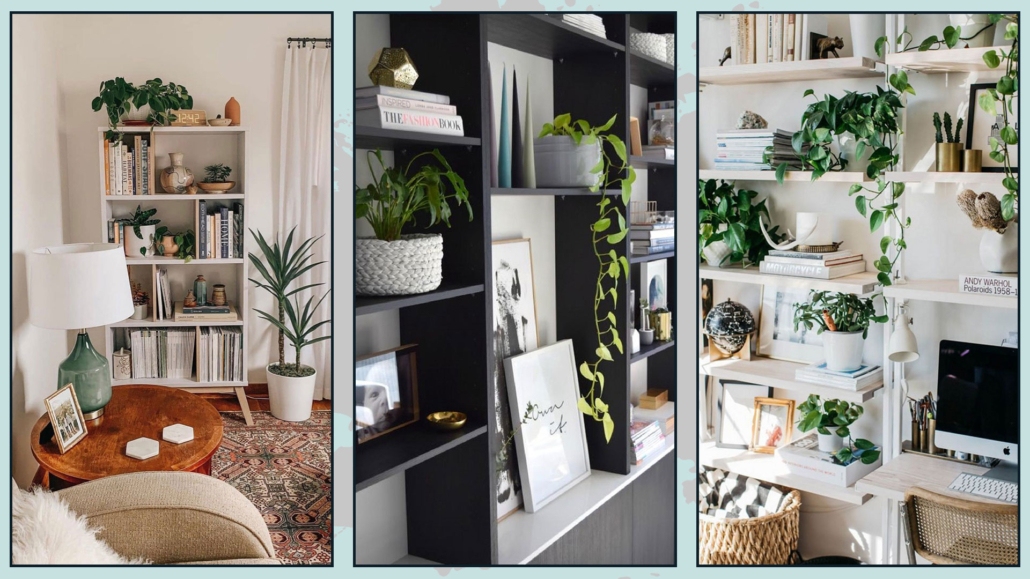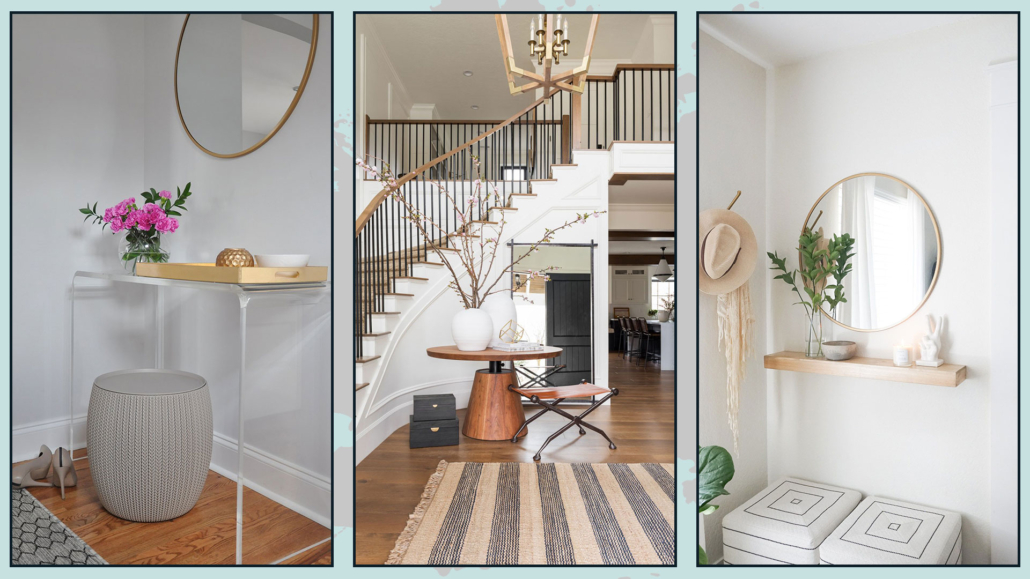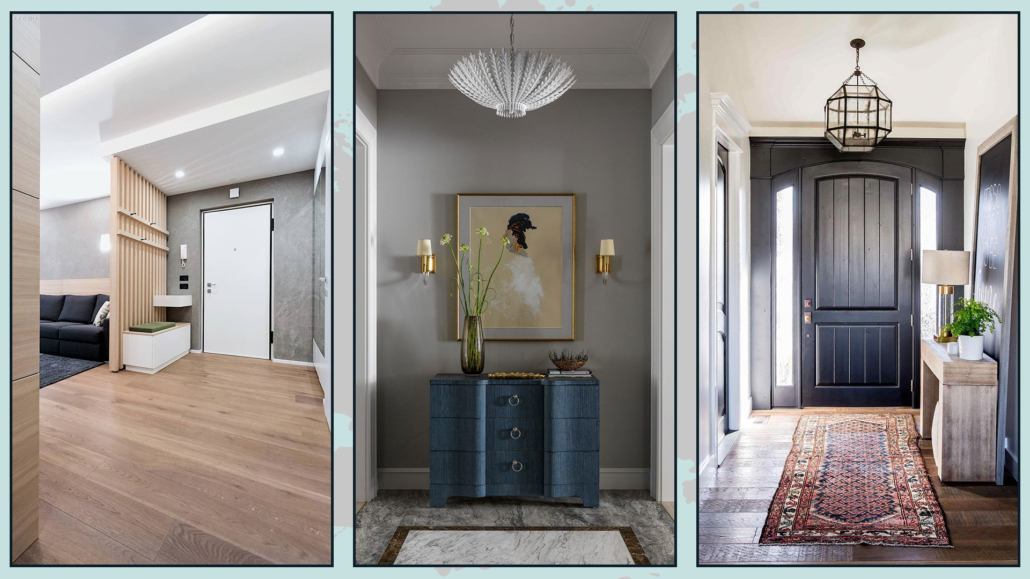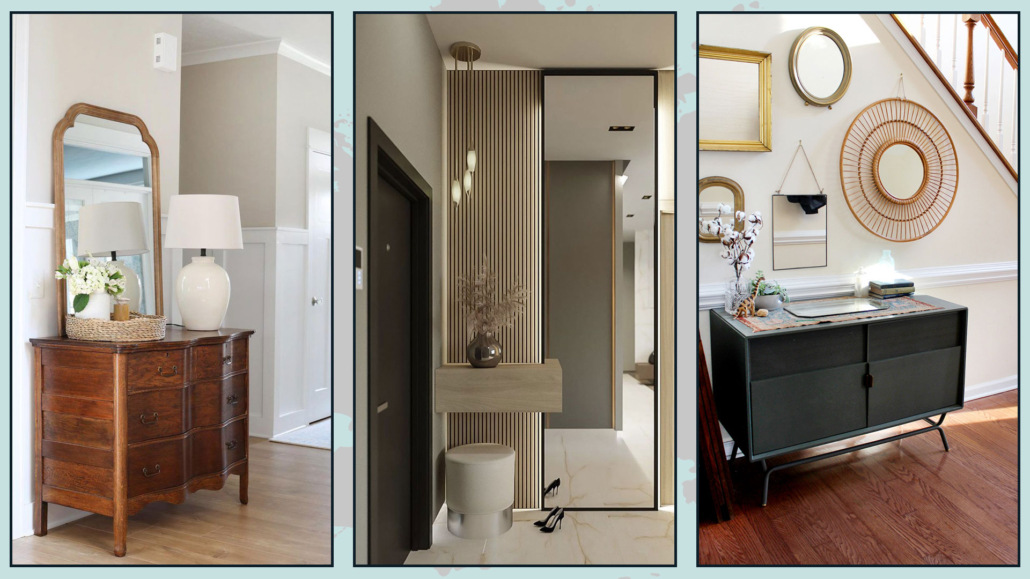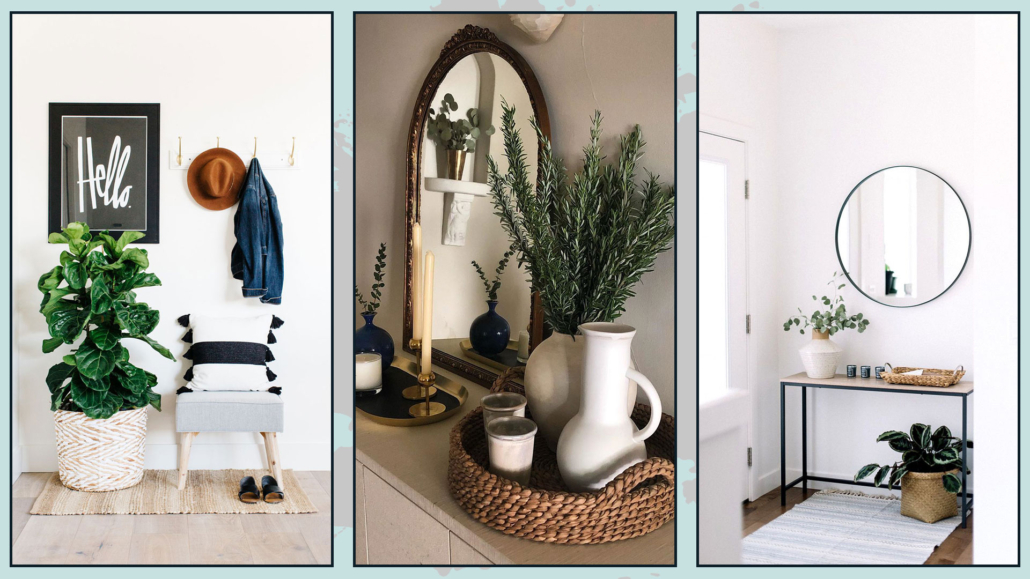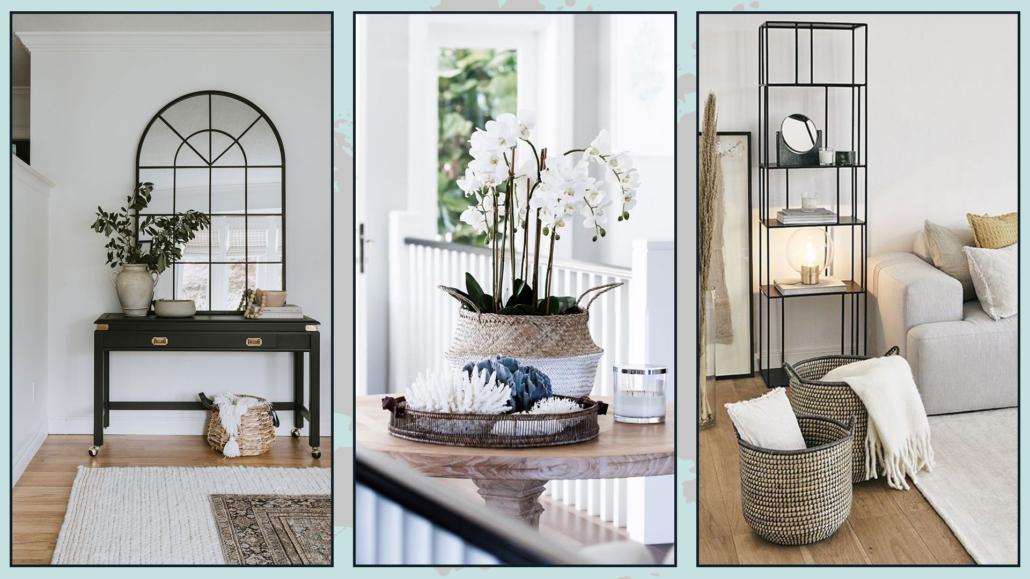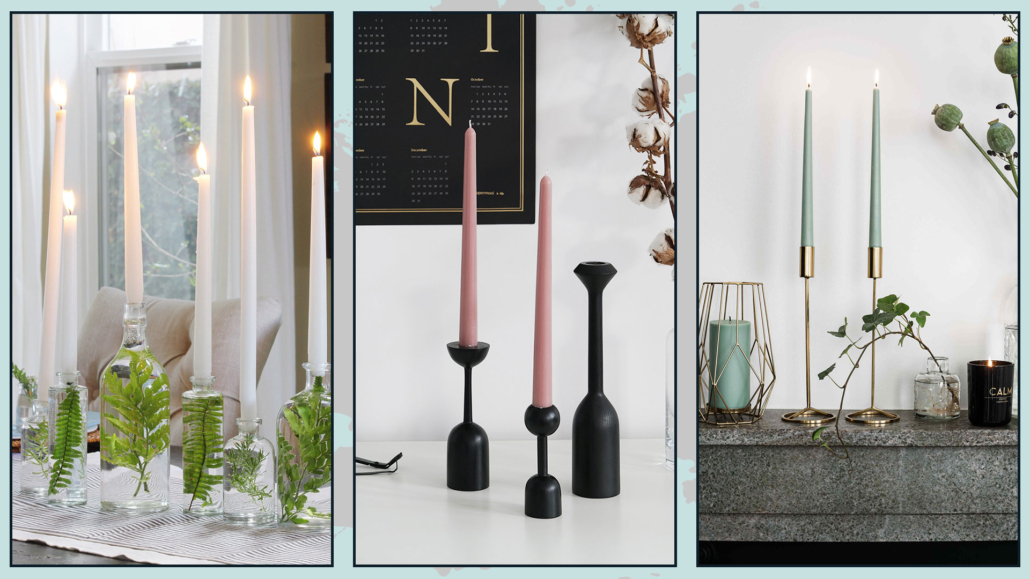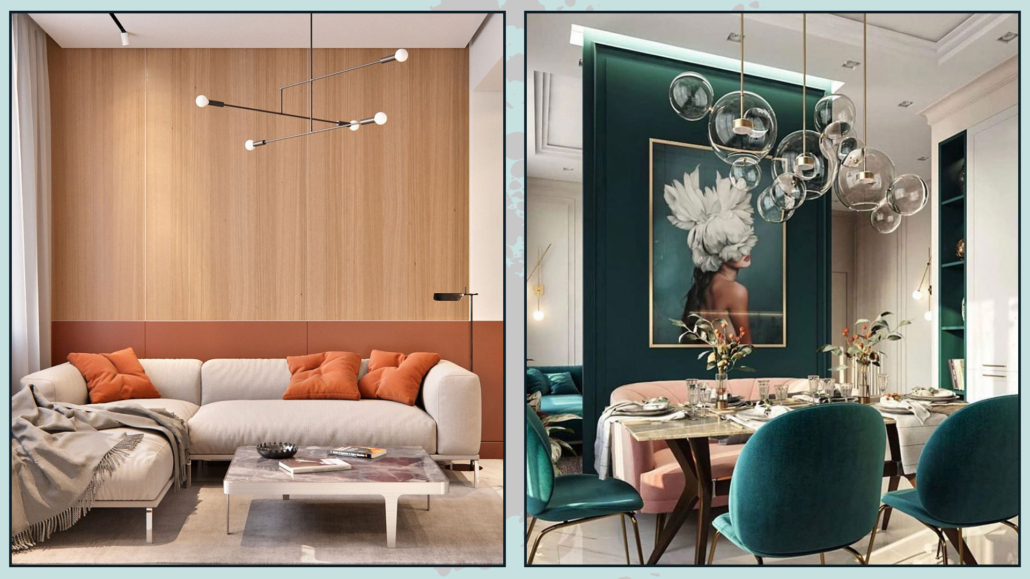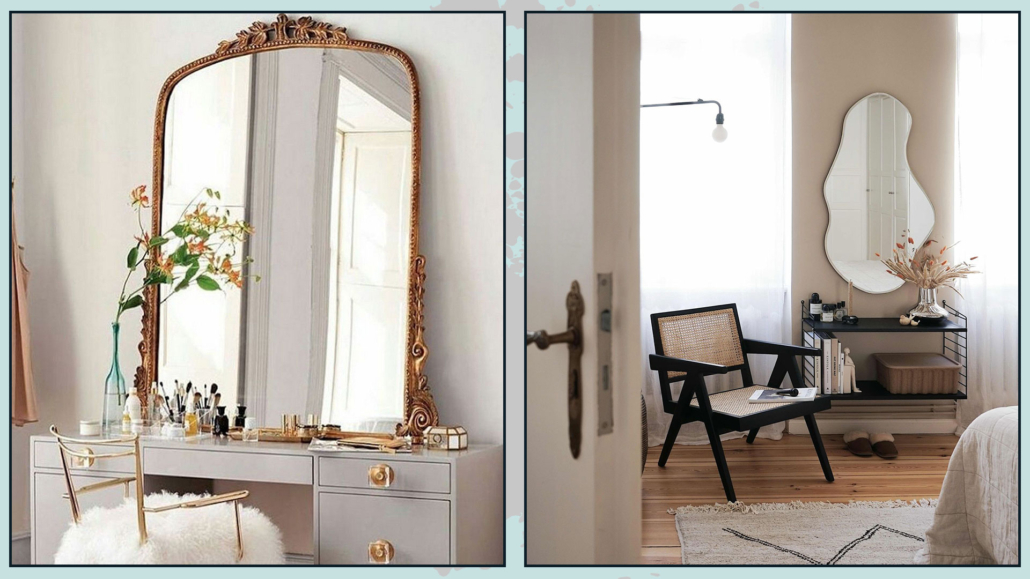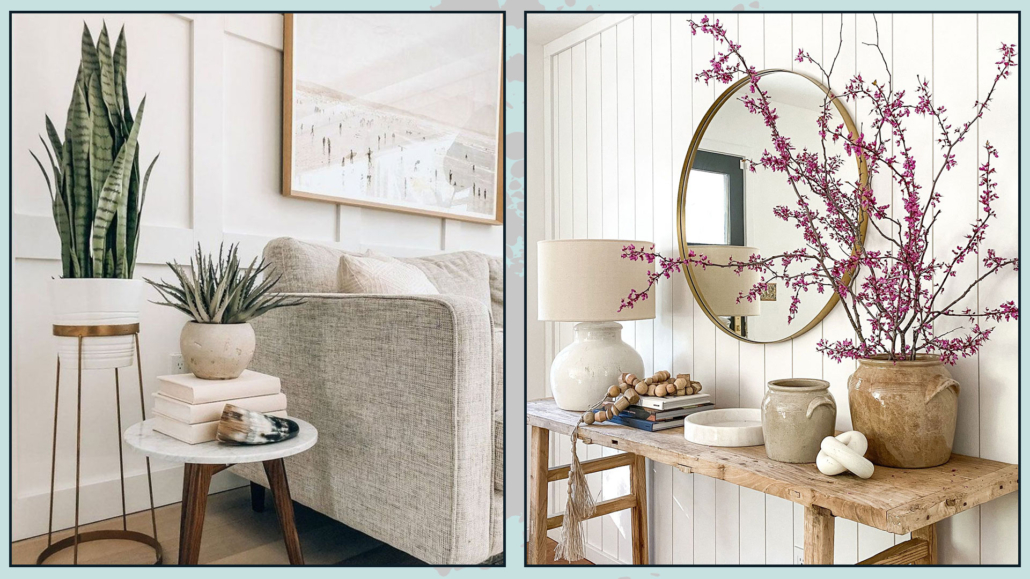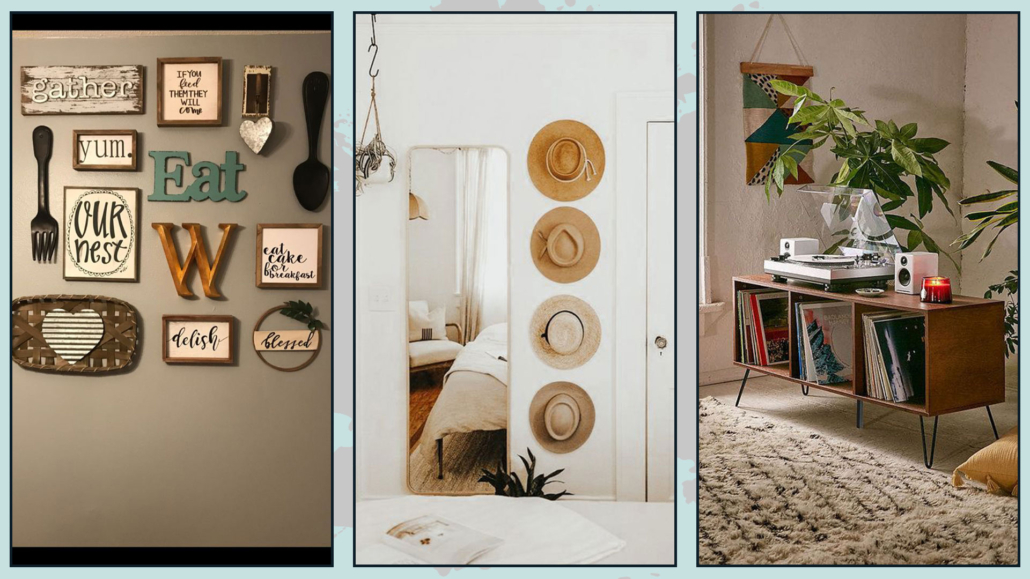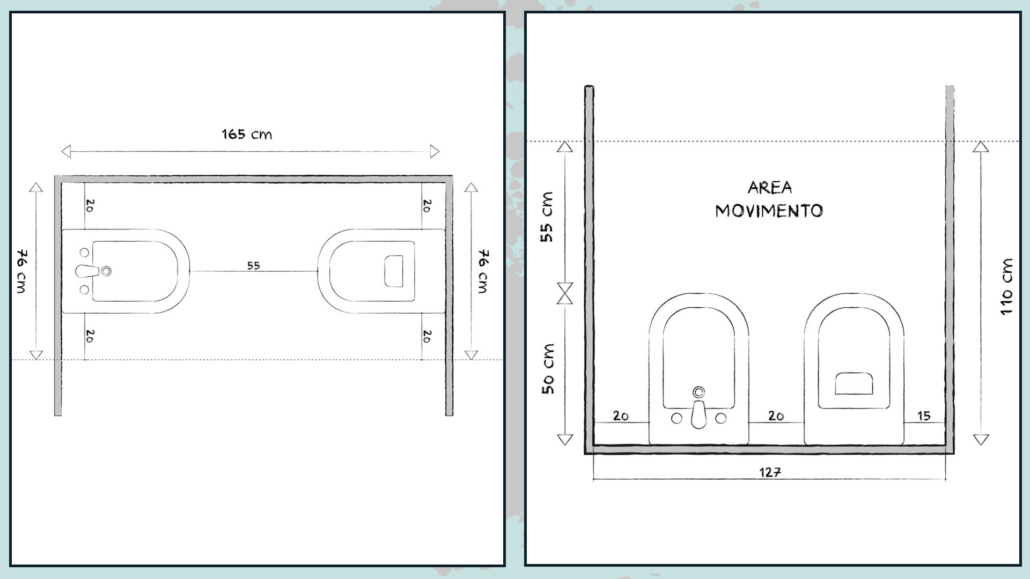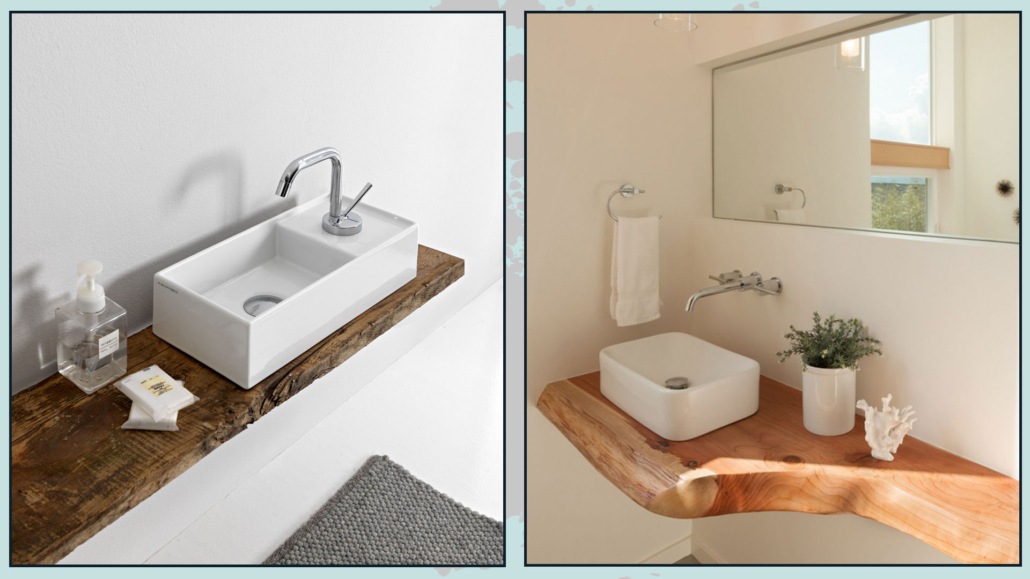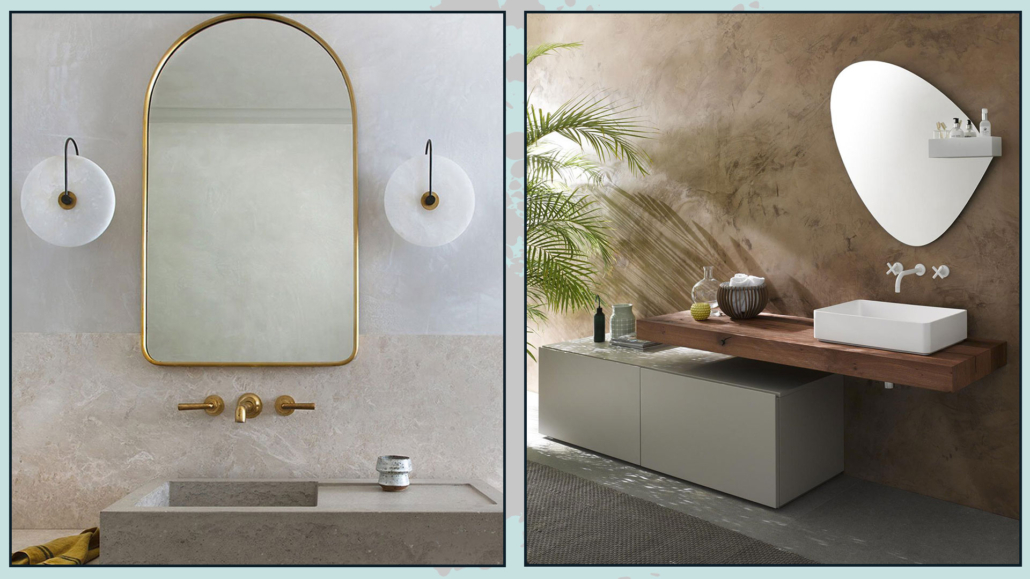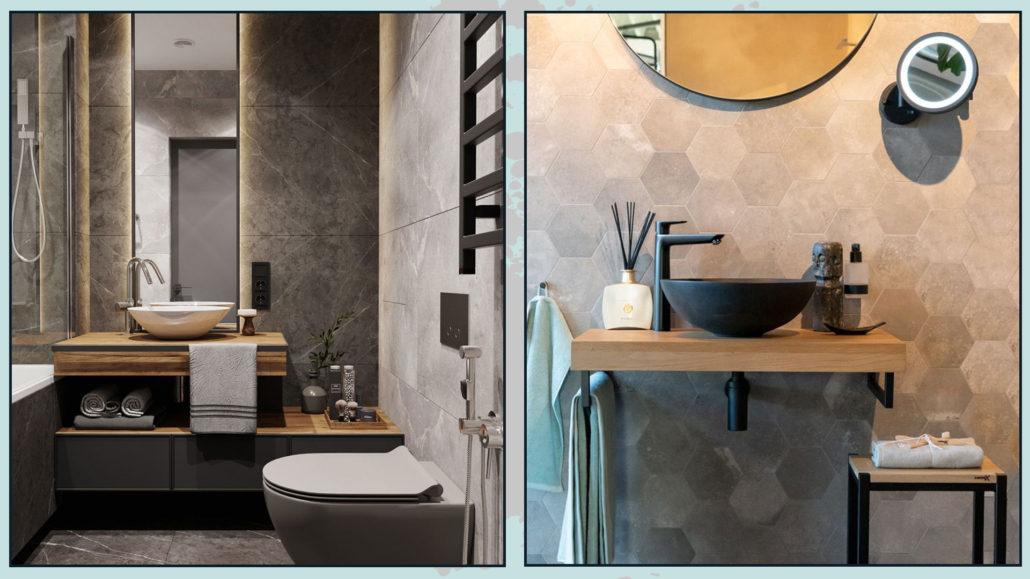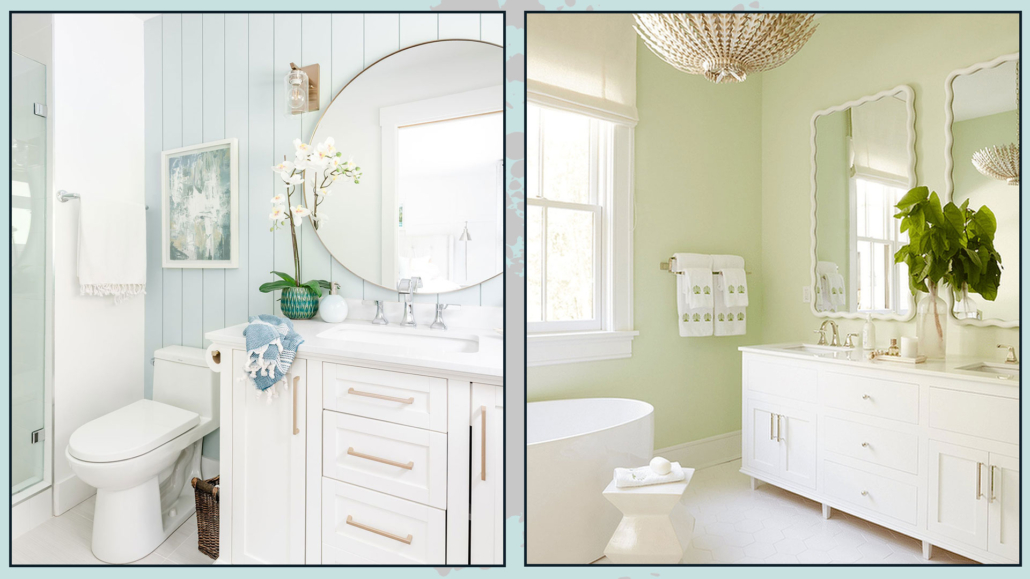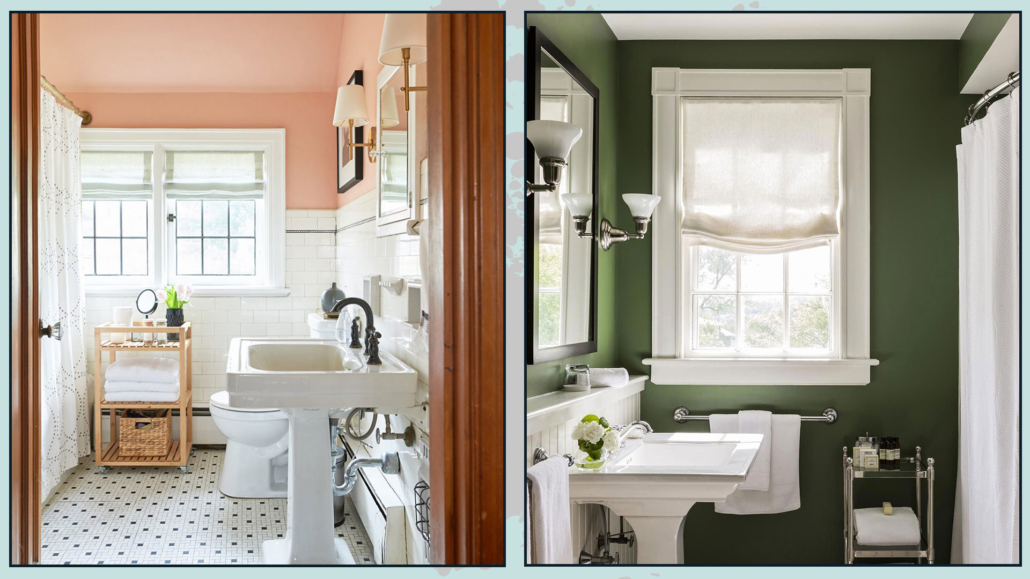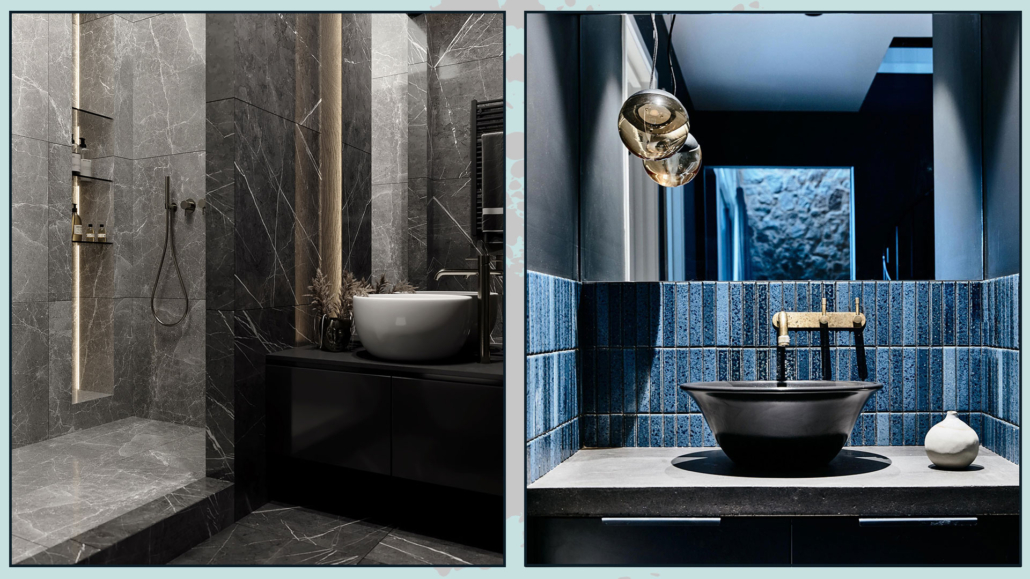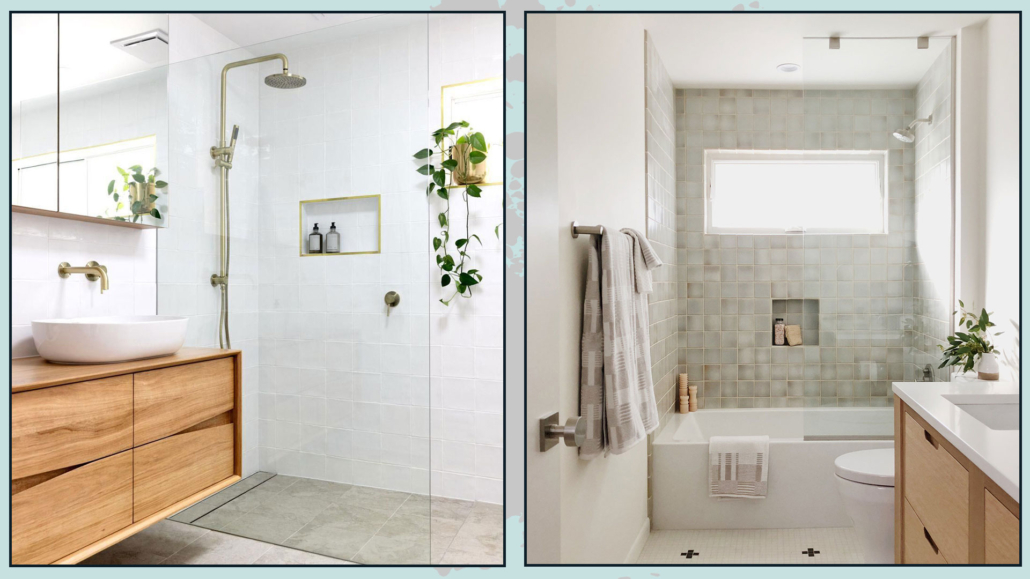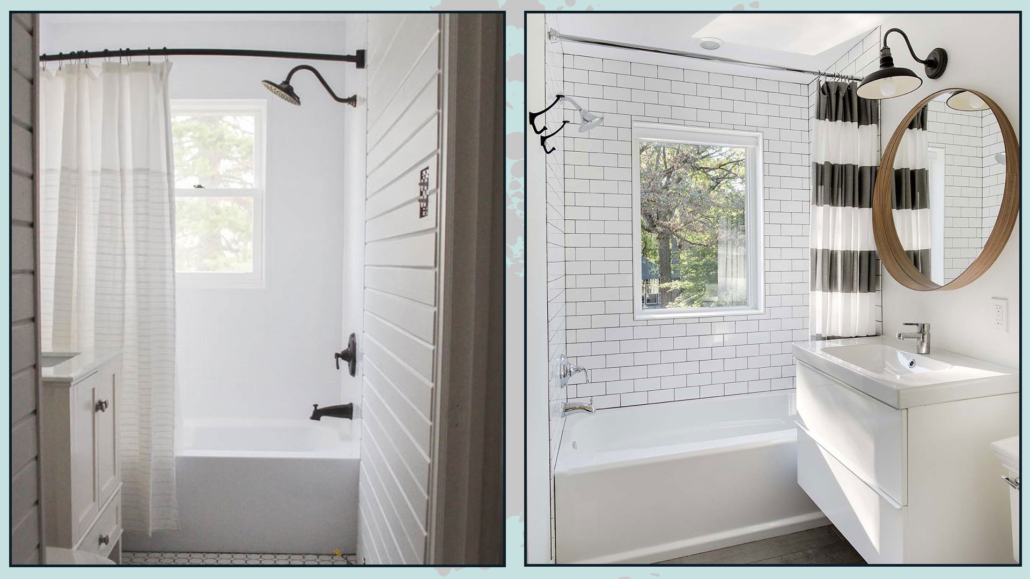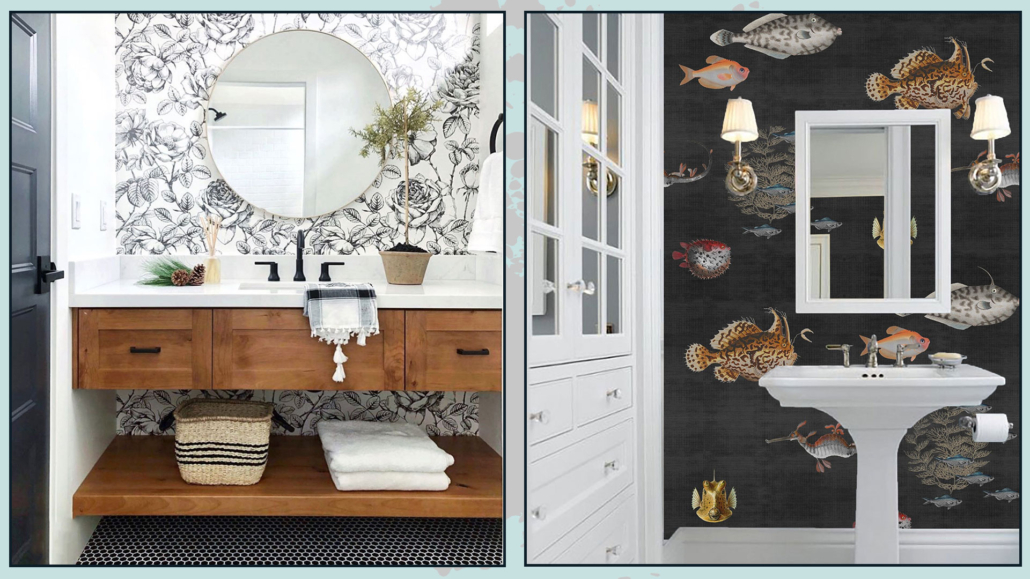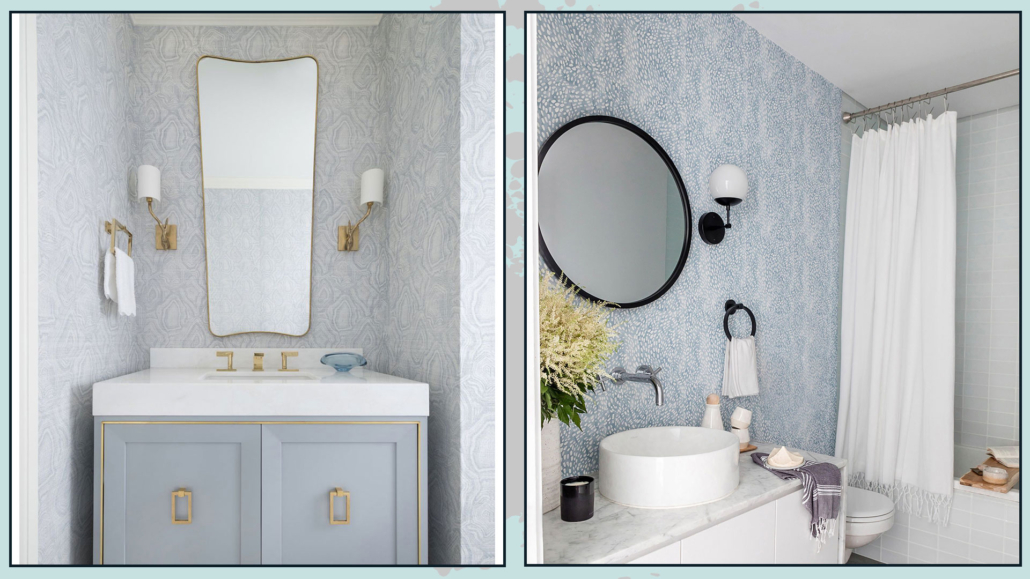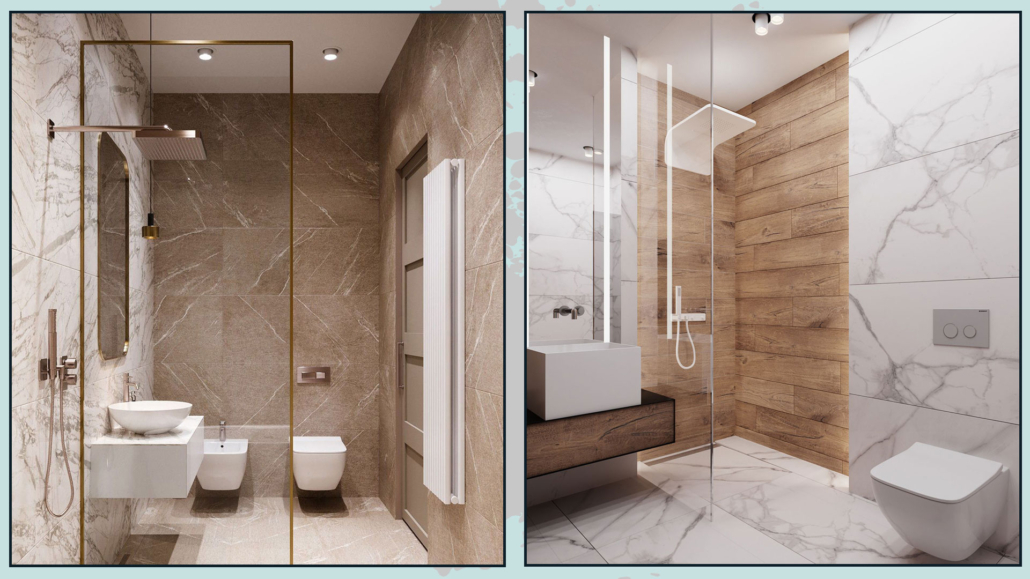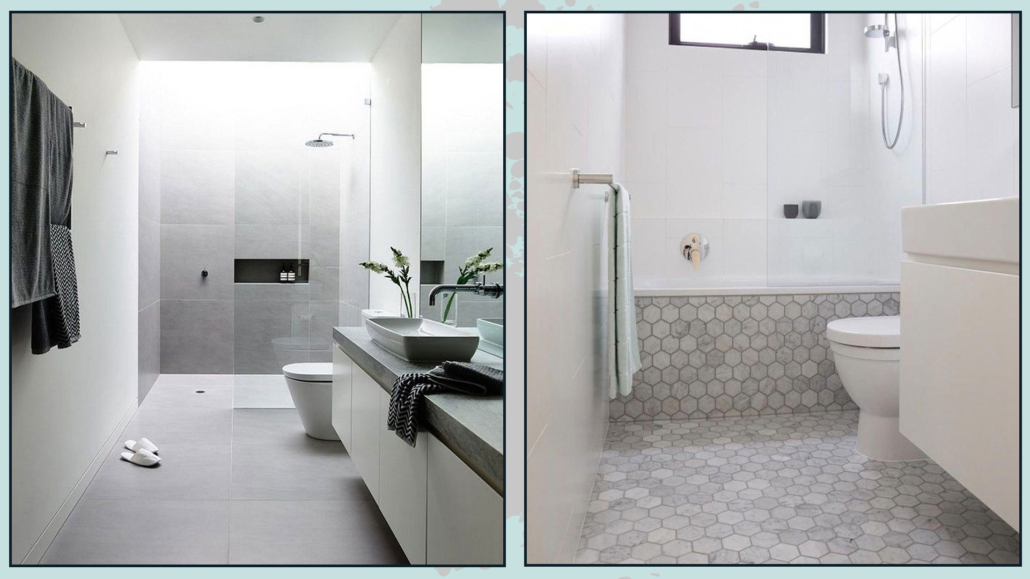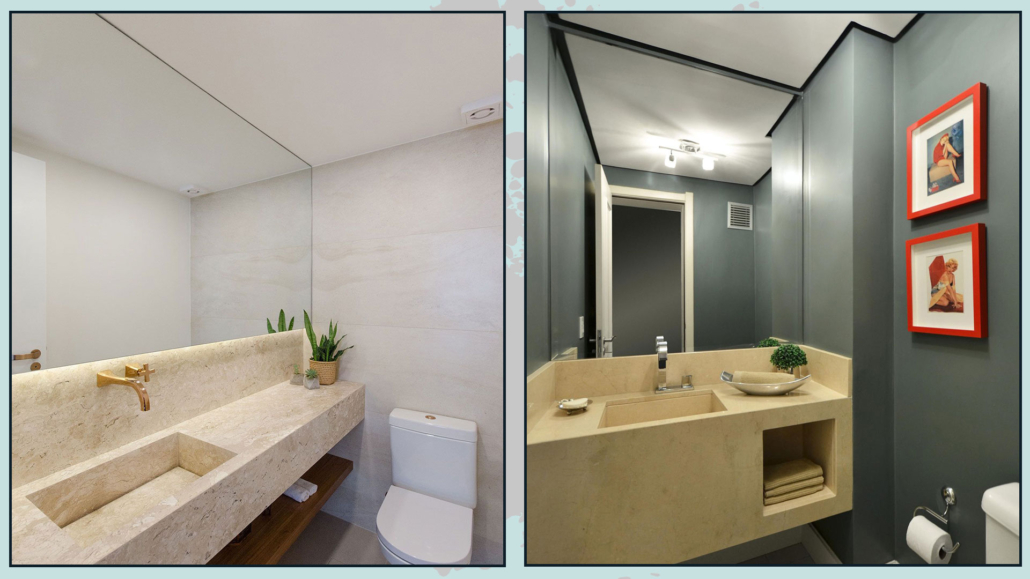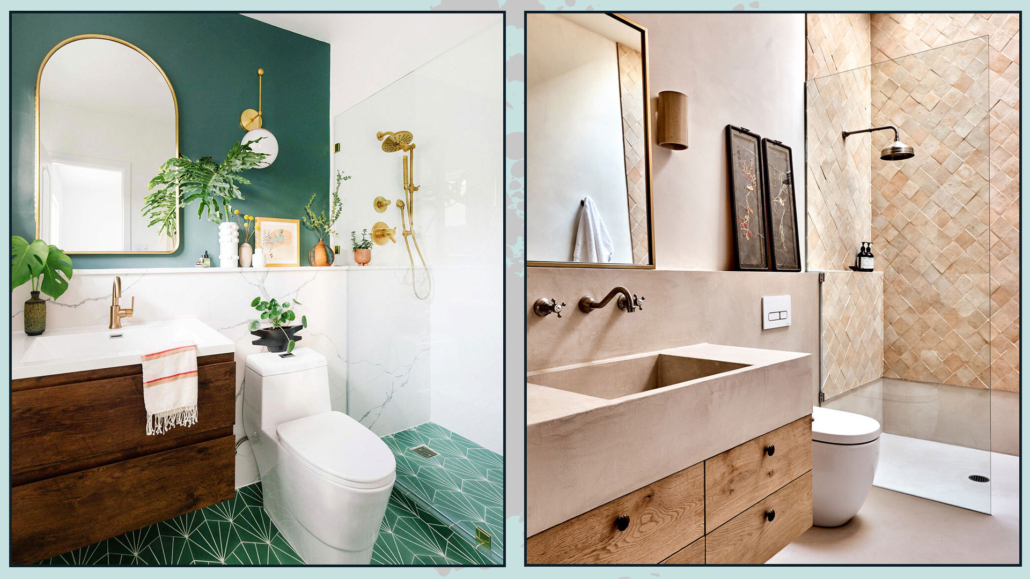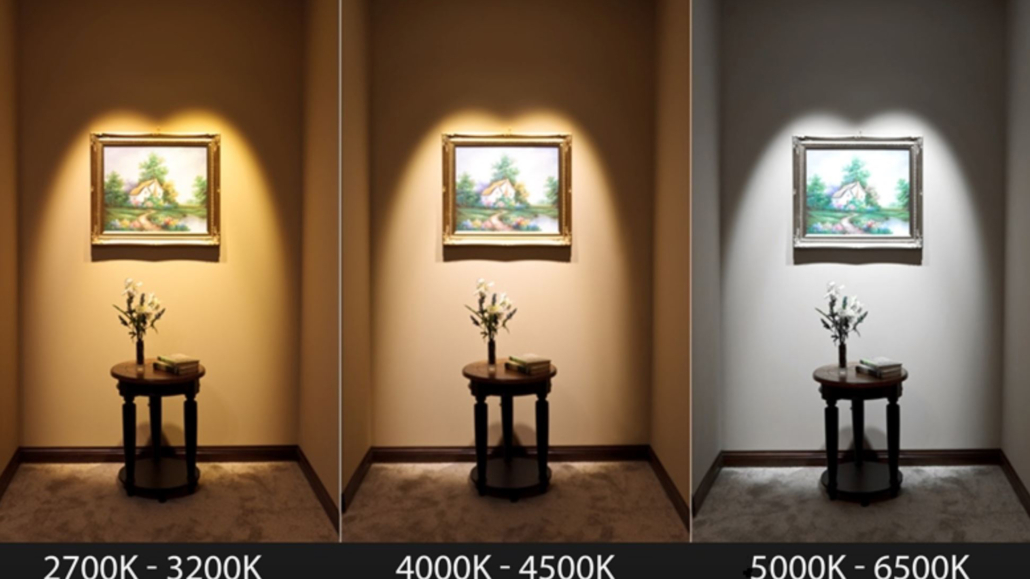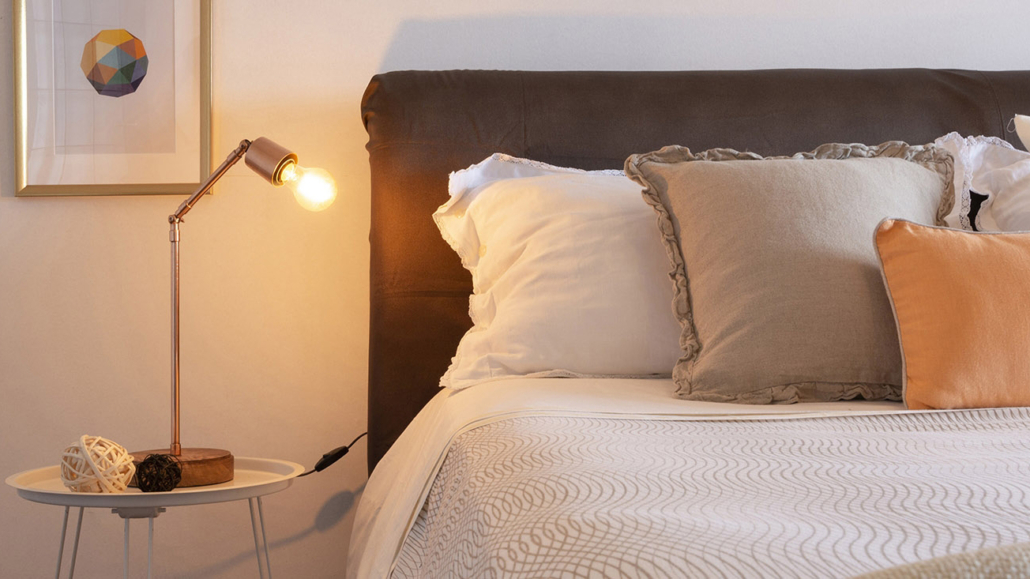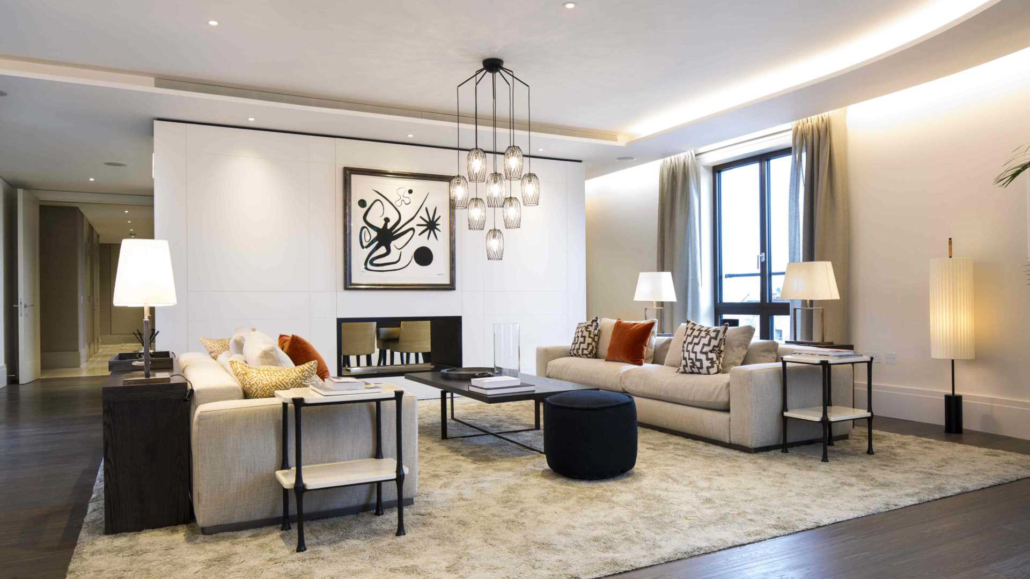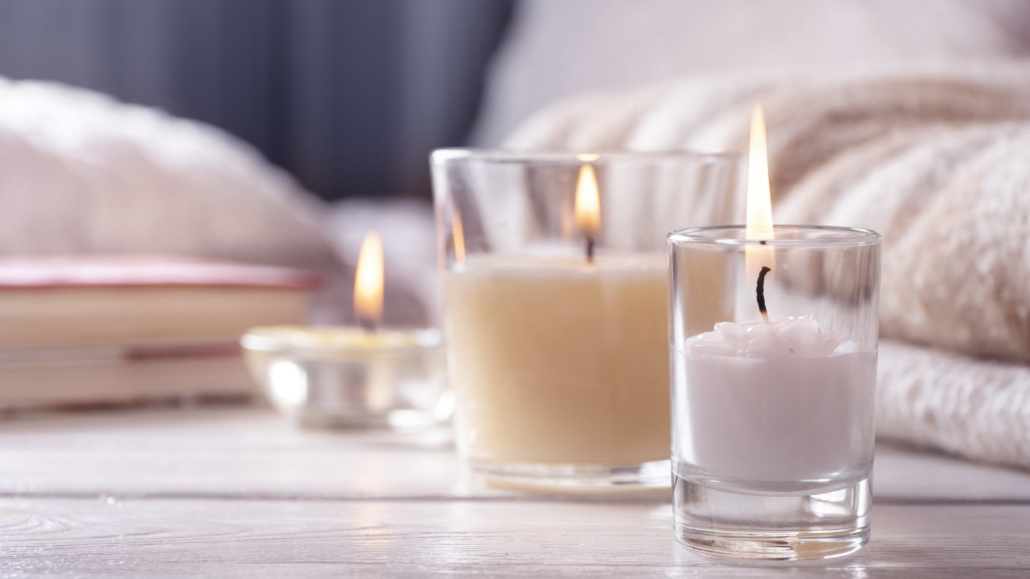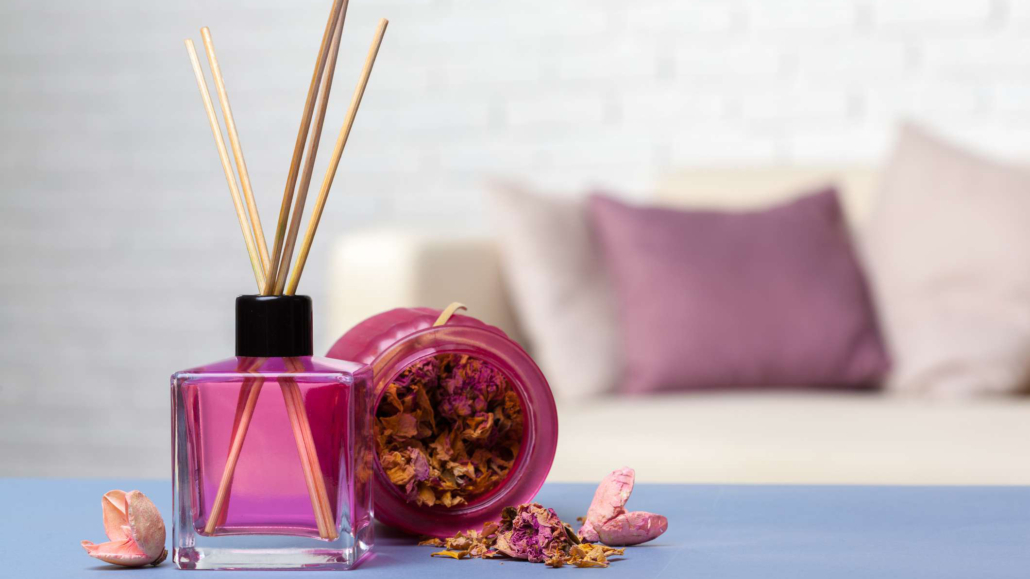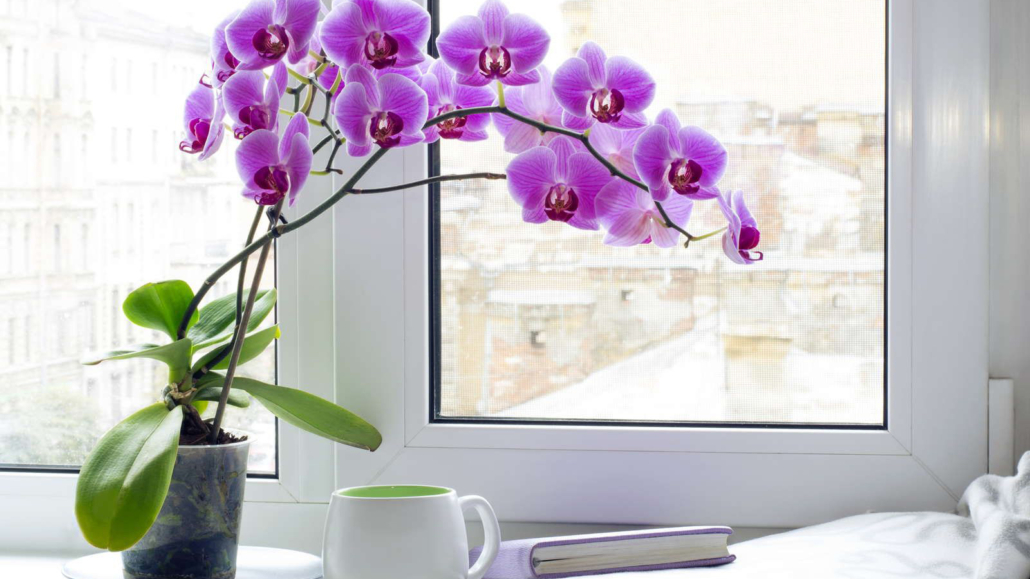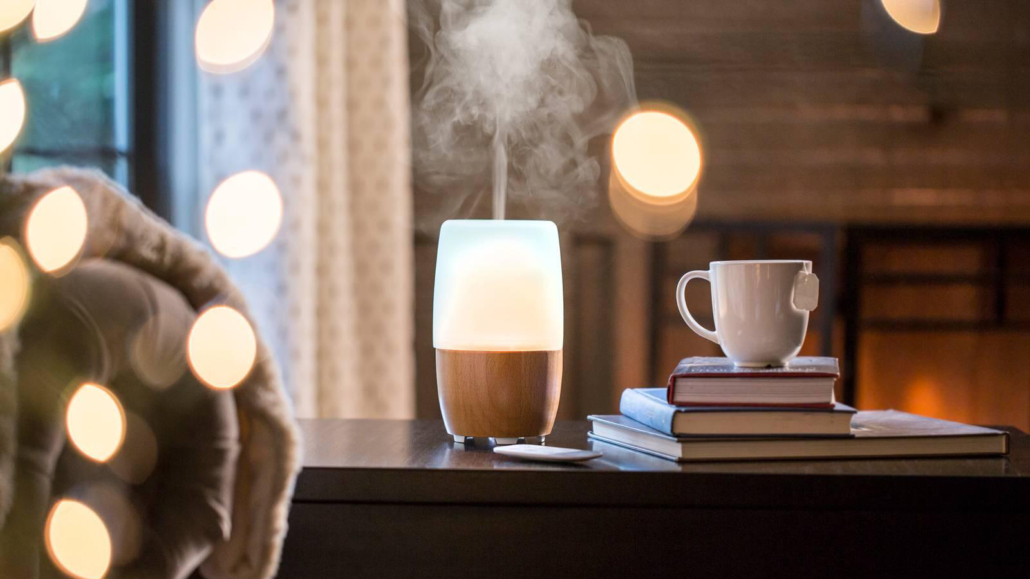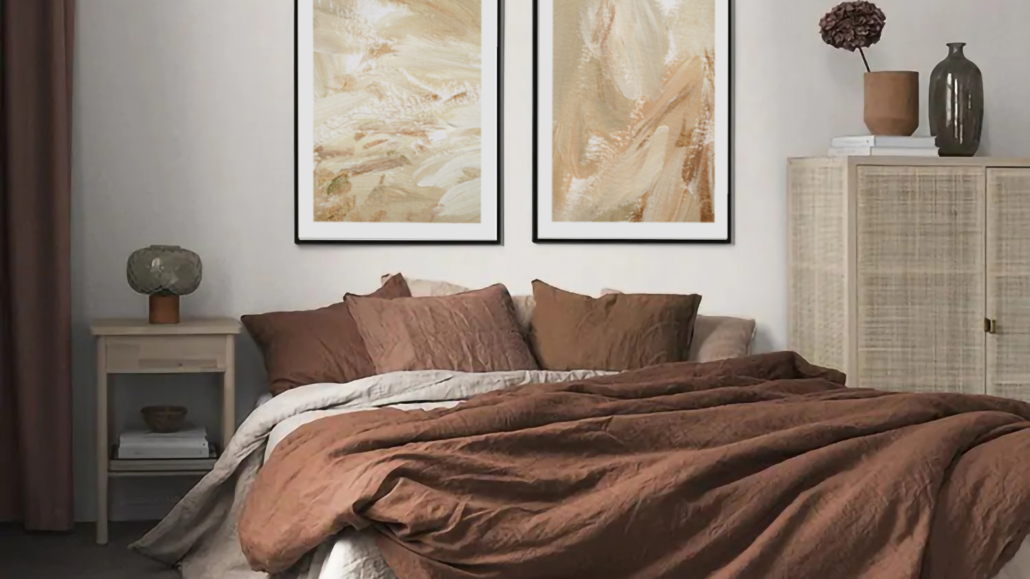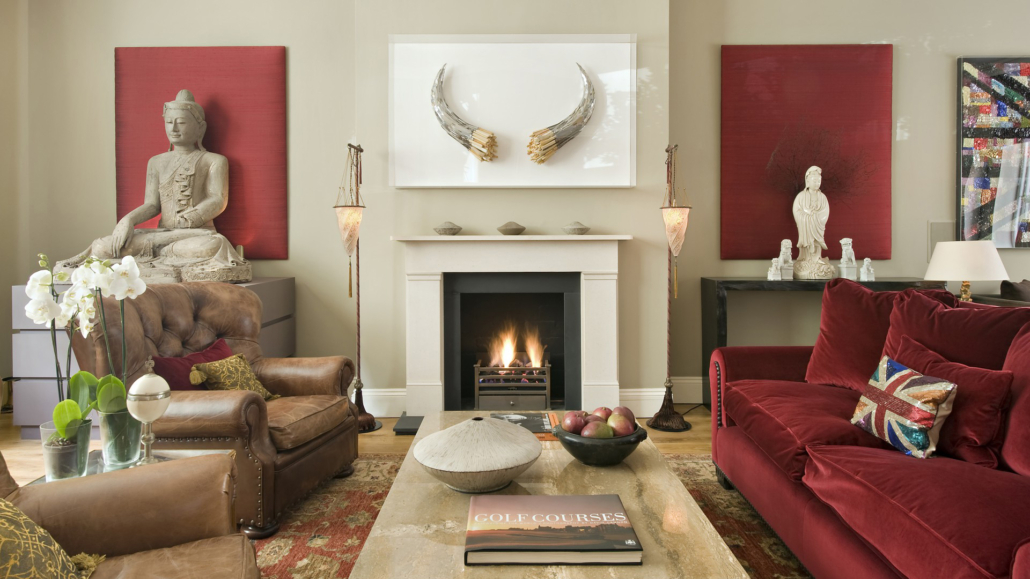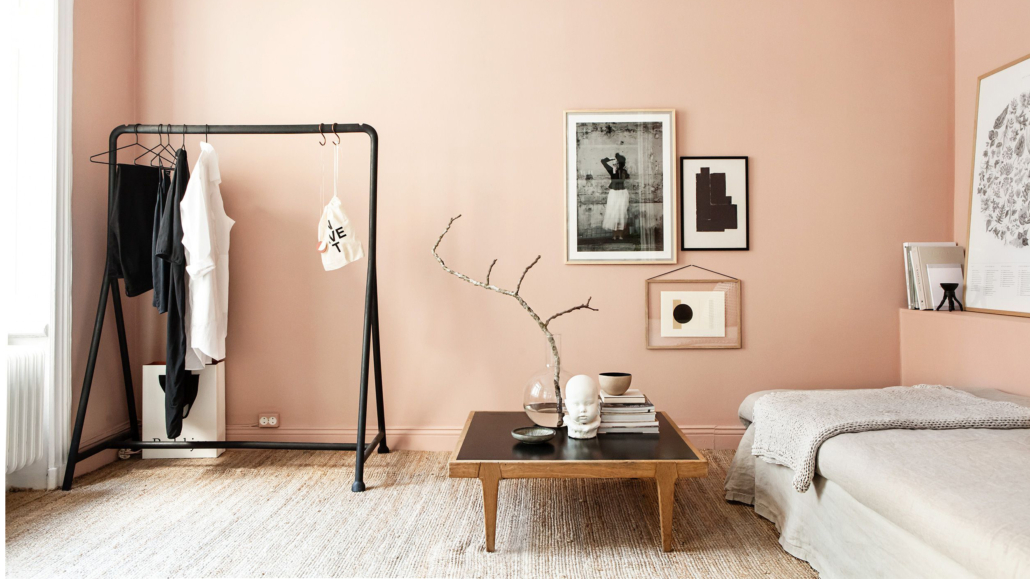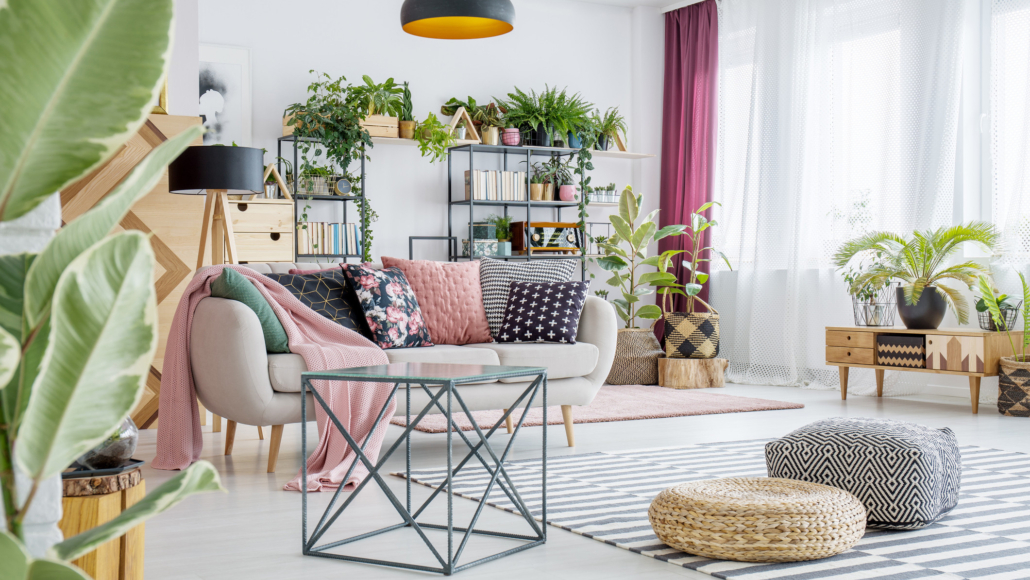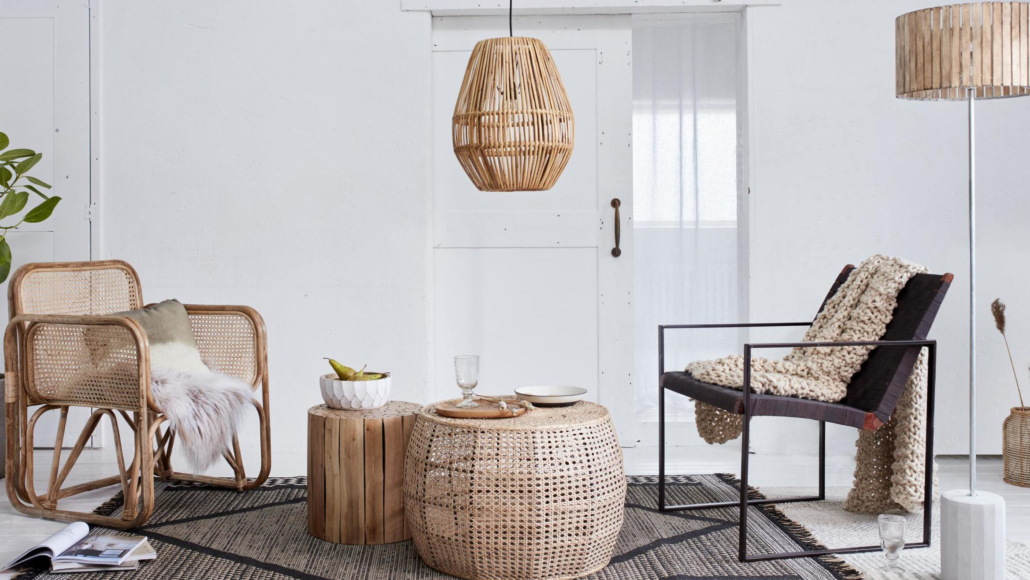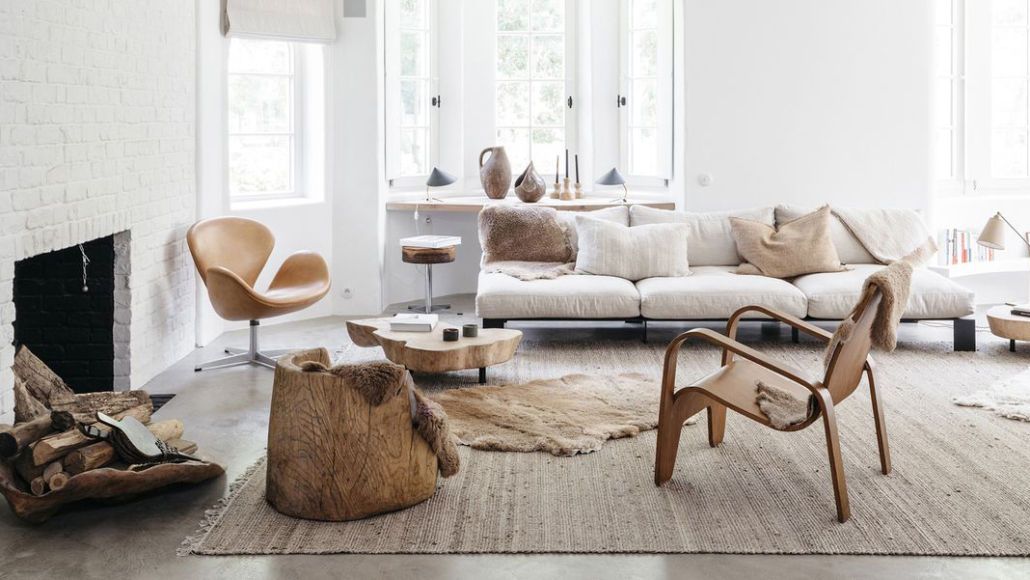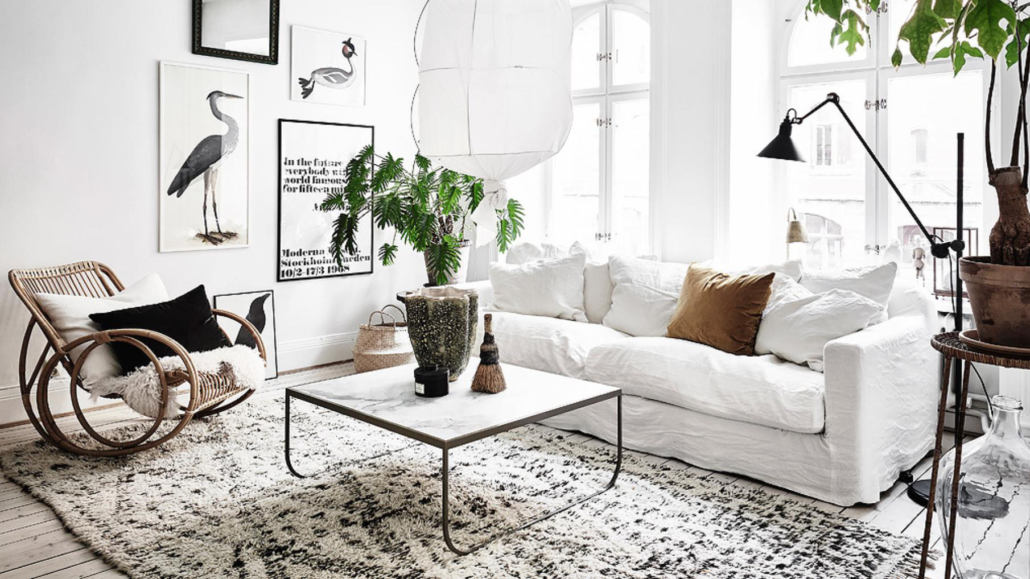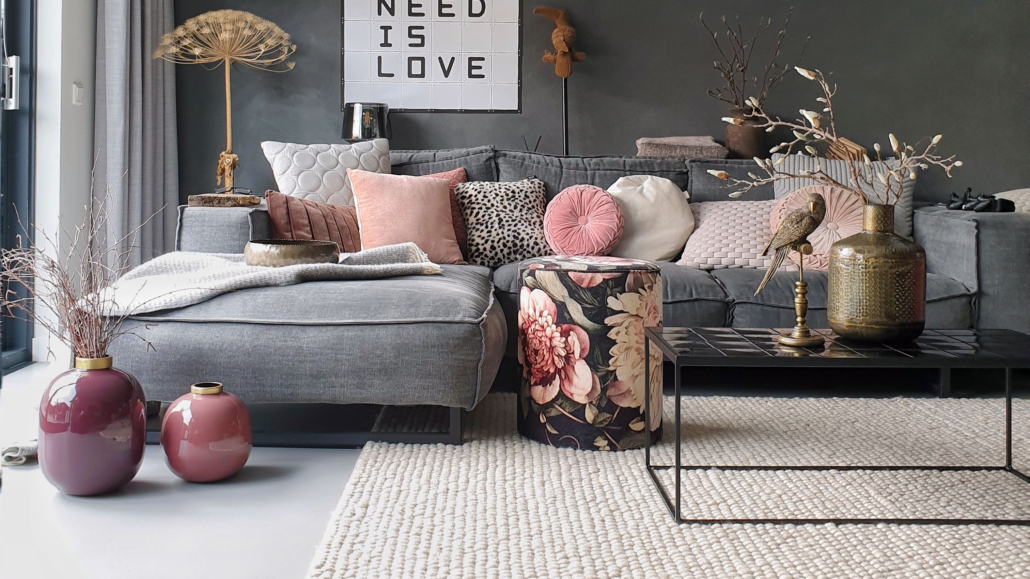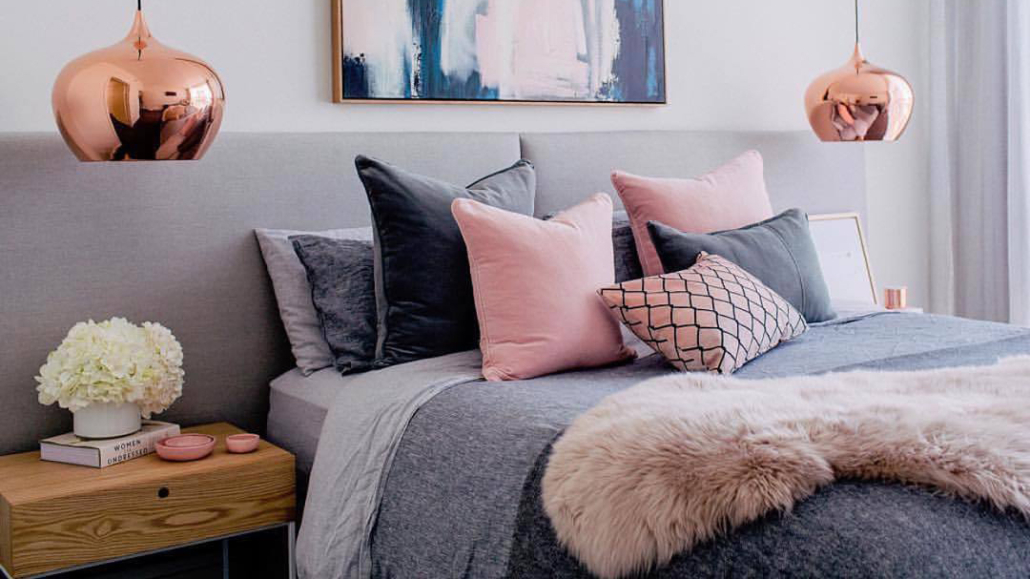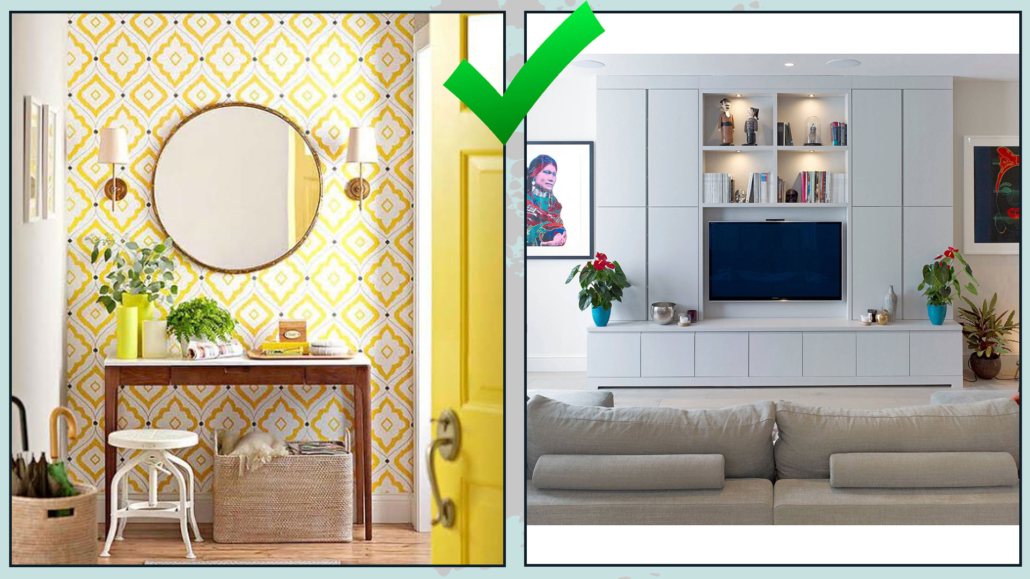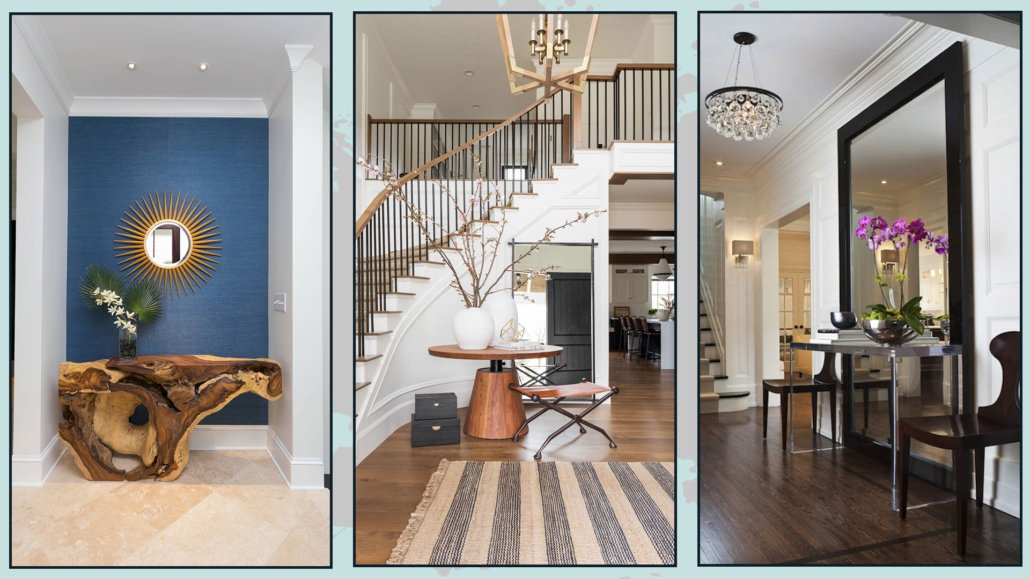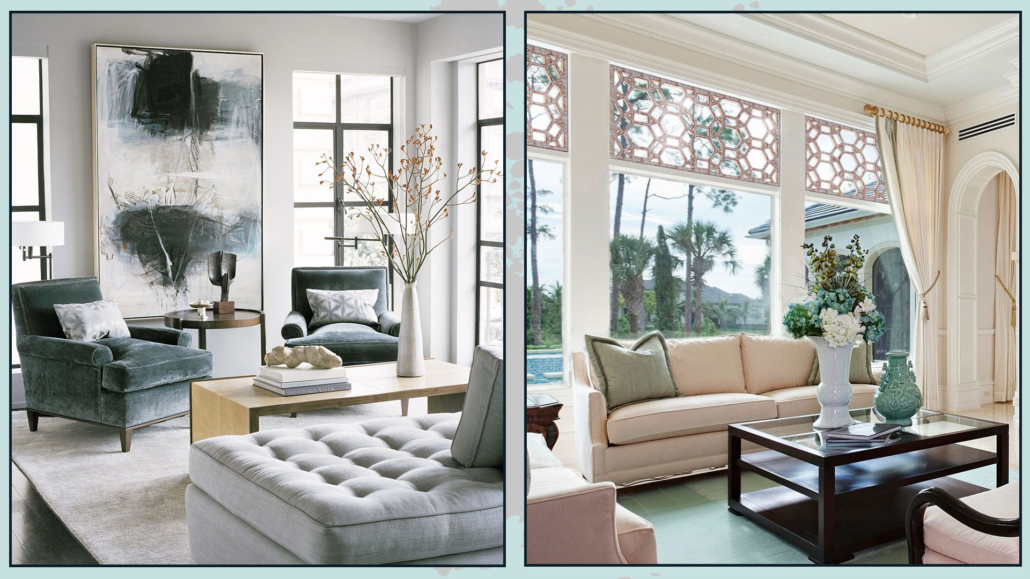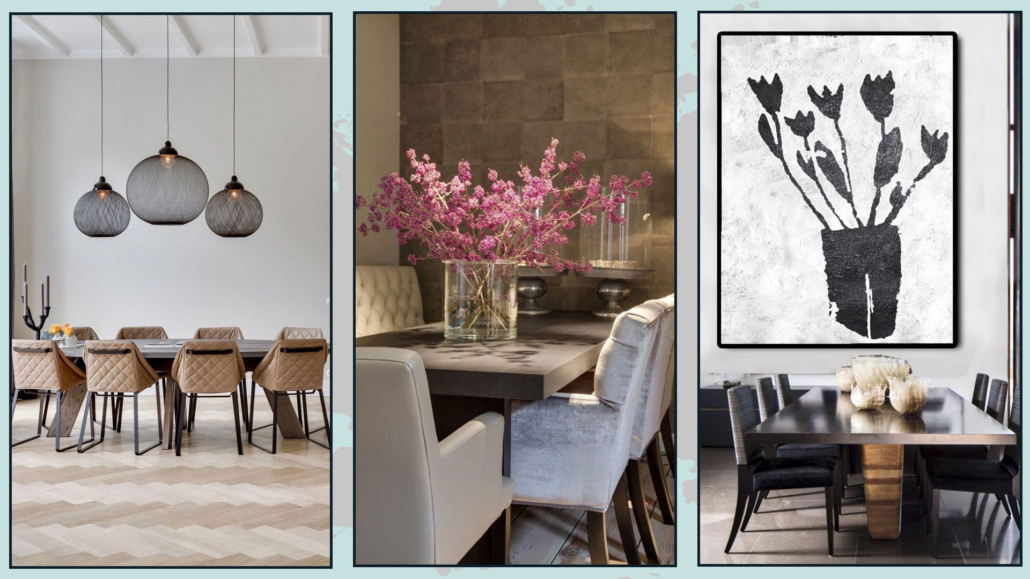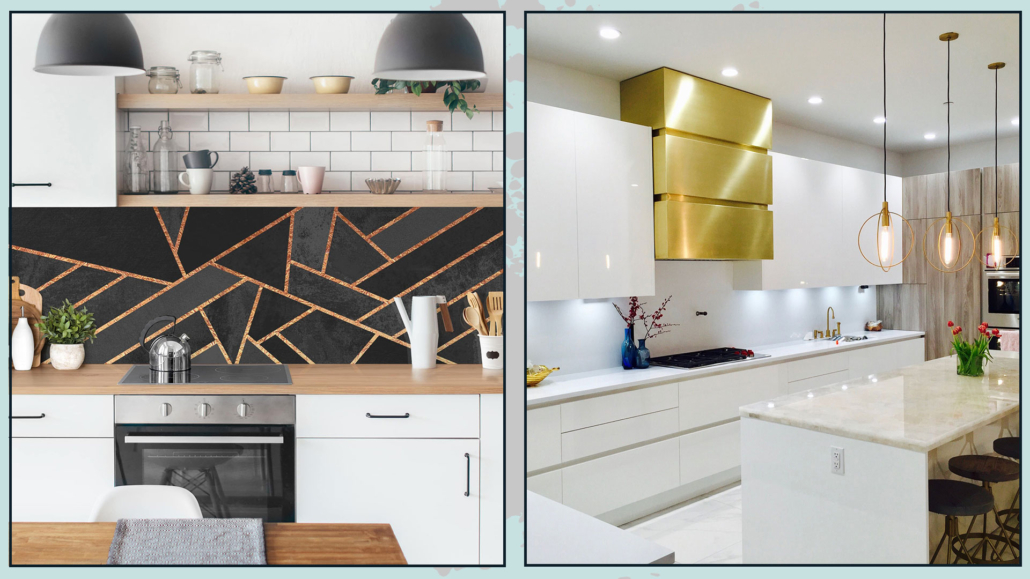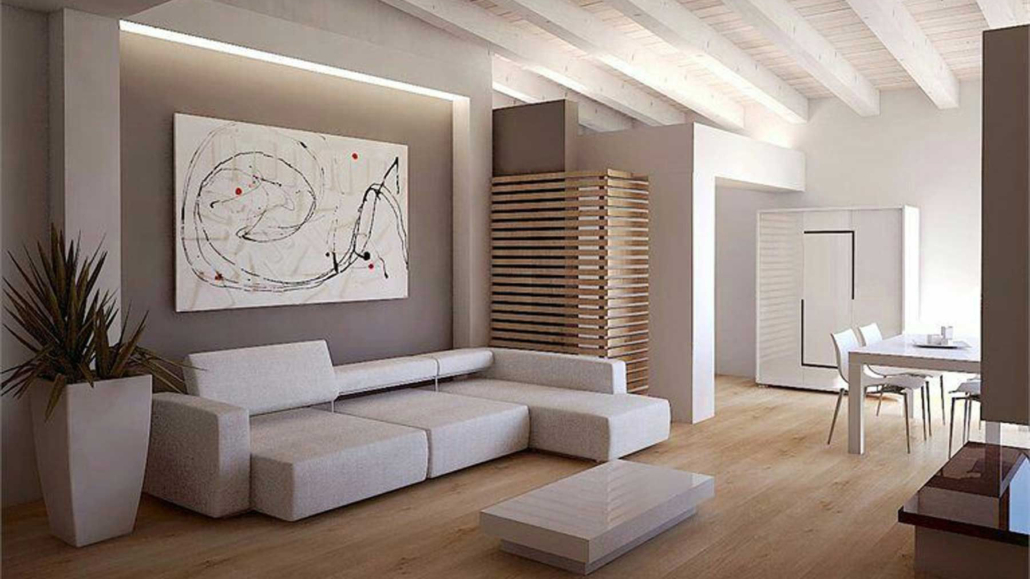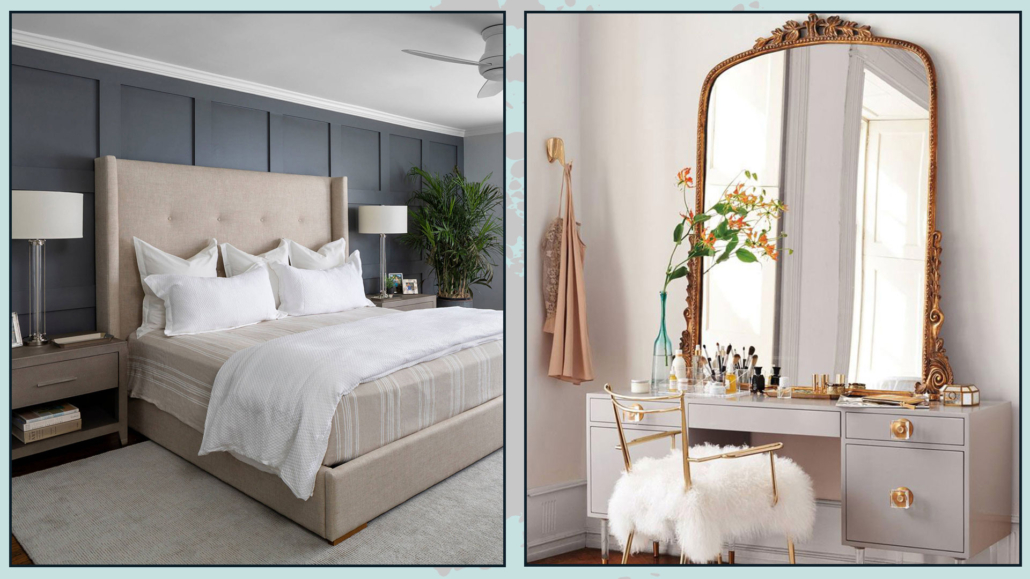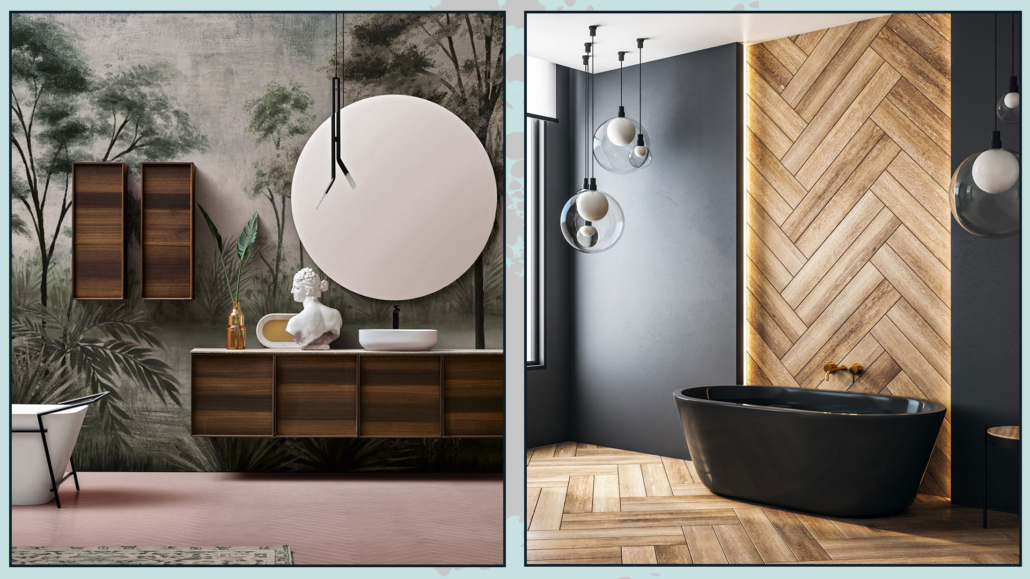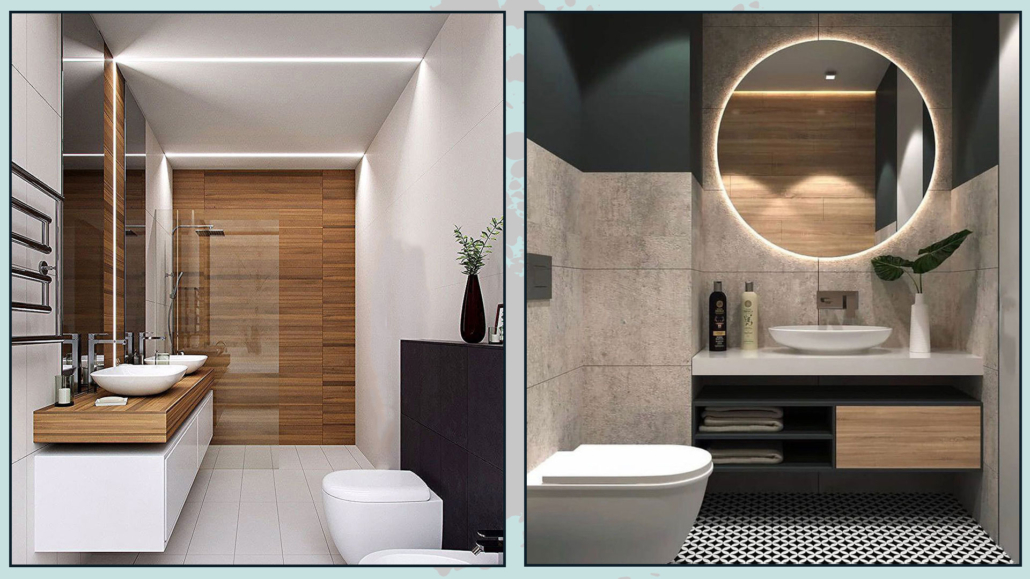A defining element in the bedroom is the headboard because it somehow determines the style and mood of the whole room.
I have already covered the topic of the bedroom with tips on how to decorate it in general and how to decorate the bed wall in particular; today, I would like to focus on this detail, which can actually make a real difference!
Of course, there are bed frames that already feature a headboard, and honestly, you can really find all kinds and tastes of them.
But, if you are an imaginative person and want to customize the headboard to your liking, you can do so, just buy a sommier bed, that is, a bed that has only the base!
Let’s now see some types of headboards to choose from!
1 – WOODEN
Wood is a versatile and, if desired, low-cost material for a headboard.
The easiest solution is to use wooden planks vertically or horizontally!
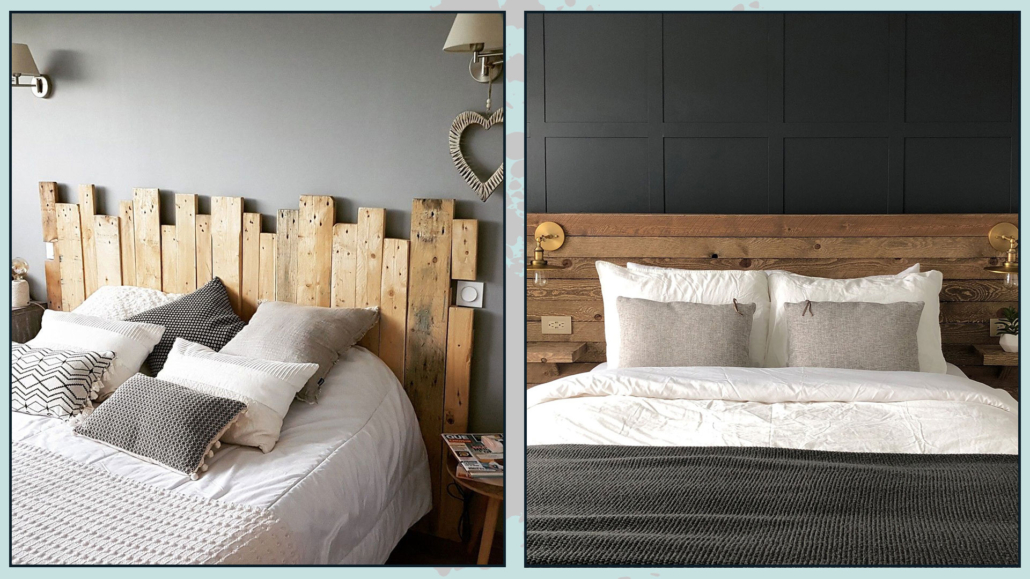
(credit: shop8.onlinestoresoutlet.ru; colorsandcraft.com)
You can use bamboo rods or thin logs, or even, you can use pellet pallets.
With pallets, you could also create side niches using their thickness.
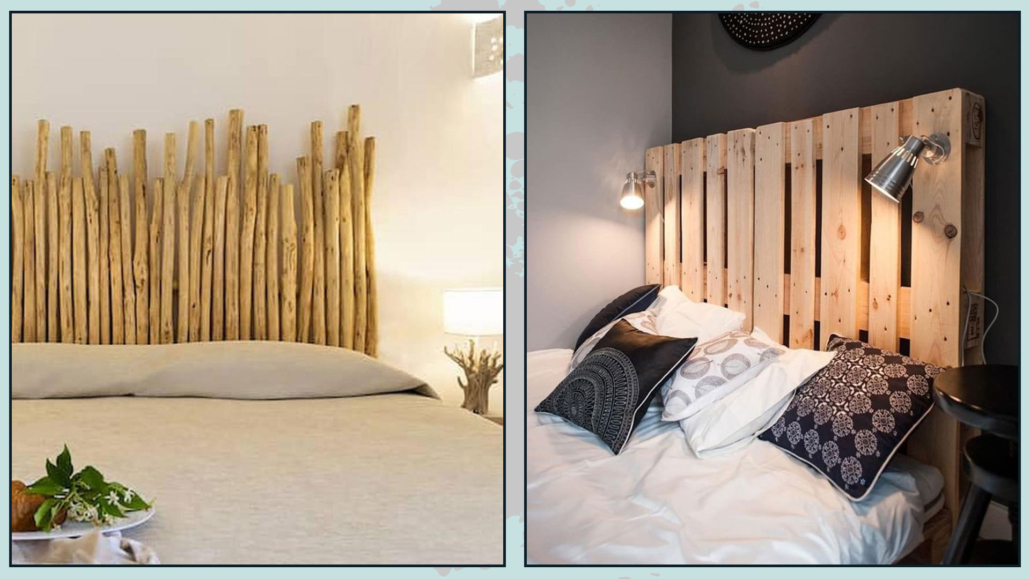
(credit: booking residence-capraggia.de; shop04004.shadrychant.com)
In all cases, you can leave the wood raw, pickle it for a shabby style, or stain it with the colors you have chosen as a palette.
You could also make a low boiserie that takes the length of the wall, or even, for an original idea, you could think of using one or two old doors!

(credit: mondadori editore; var-dags-rum)
2 – PADDED
You can find pre-made ones on the market, you can have it made by an upholsterer, but if you want to, you could make it yourself by creating something really unique!
All you need to do on your own is a wooden panel, some foam, and the fabric you like.
You can make it smooth for a more modern room, but if you have craftsmanship, you can also do some work like the quilted effect for a classic bed!
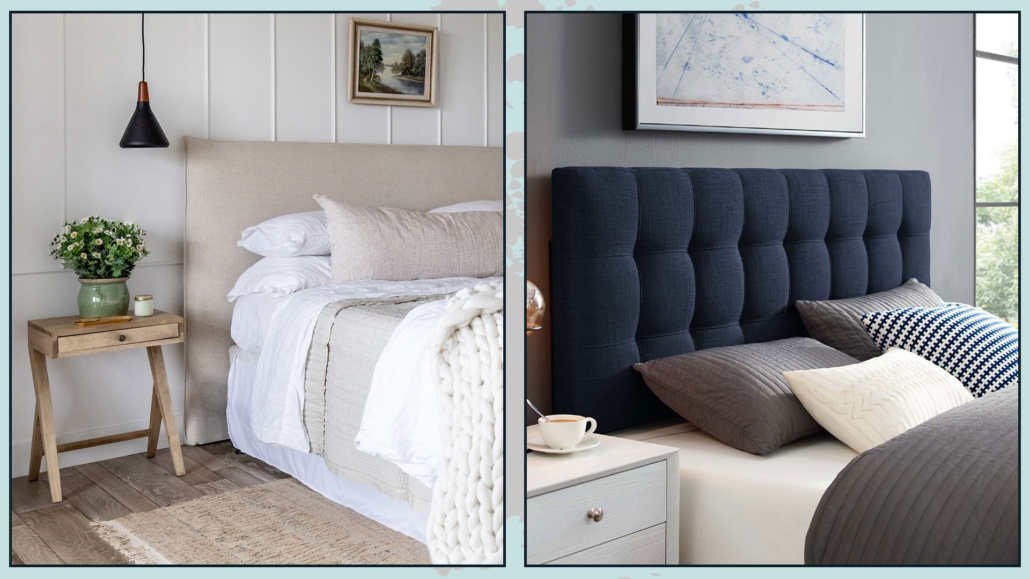
(credit: Holms Homes; overstock)
It must be well-padded for a more elegant and refined effect.
You can choose a headboard in fabric, velvet, as well as leather, or faux leather for a more impactful effect!
There are also modular panels and modules on the market for a unique and original bed headboard!
If you like, you could even cover the whole wall with these modular modules!
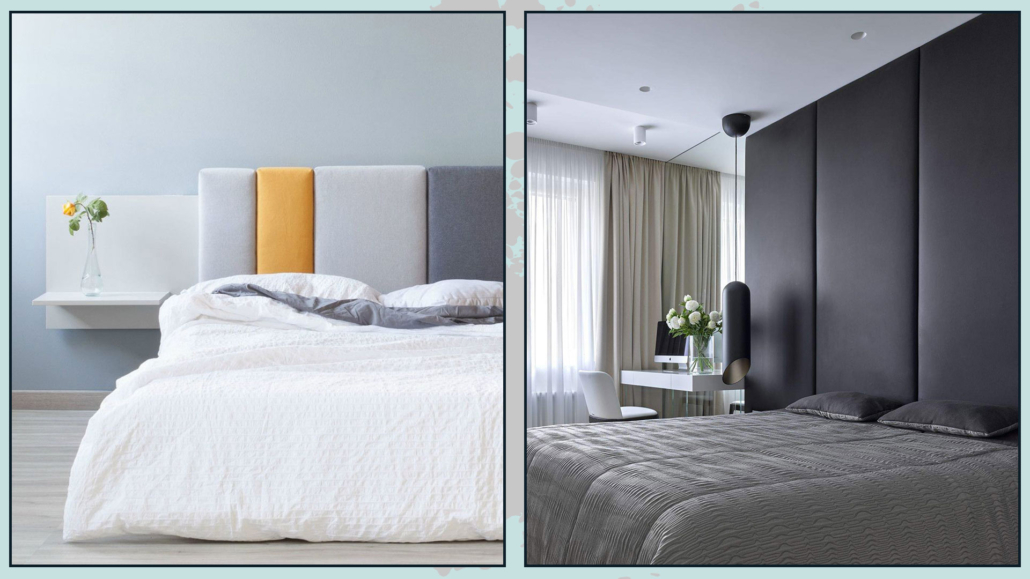
(credit: archiproduct.com; Alessandra Fedorova)
3 – WITH CUSHIONS
If a fully padded headboard seems too much, but you like the idea of something soft, you might want to think about hanging pillows!
They will be cushions (two separate ones or a single one doesn’t matter) with large loops to be stuffed into a rod and hung on the wall!
The rod can be a simple curtain pole and can be of wood or metal: the important thing is that it is at least as long as the bed.
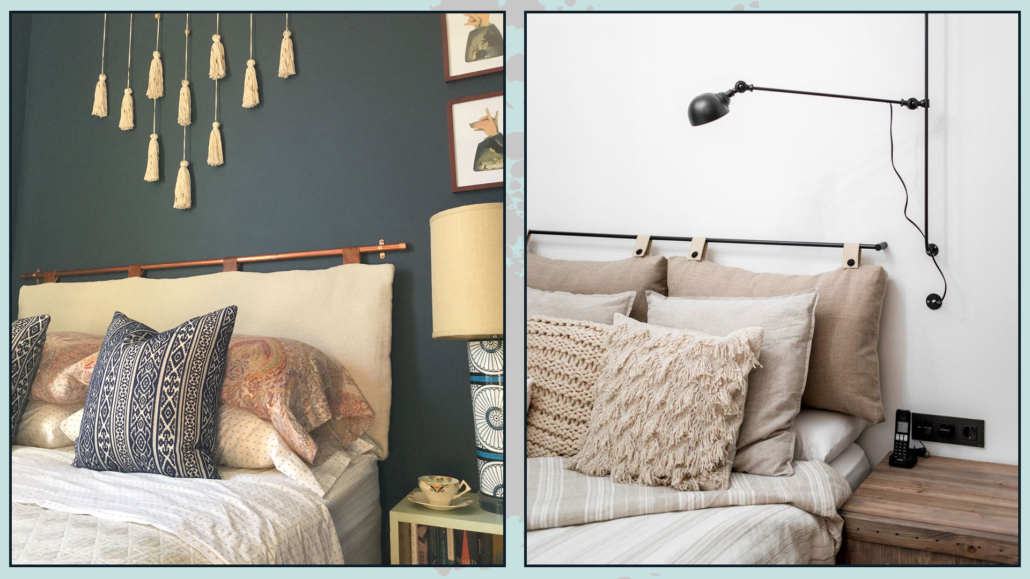
(credit: @sarahmontgomerydesign; drom living)
4 – WROUGHT IRON
It is not mandatory to have the entire wrought iron structure: you can only have the headboard!
Here too, there is plenty of choices, from simple and linear headboards to very elaborate ones.
You can also have a padded wrought iron headboard or attach cushions to it, to maintain the charm of the iron as well as the comfort of the padding!
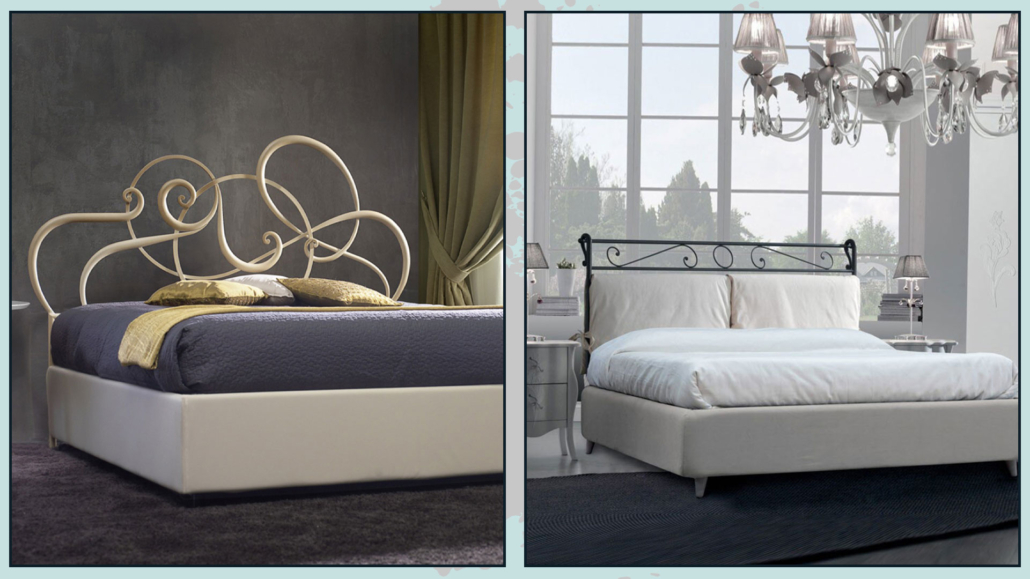
(credit: cosatto; aliexpress)
5 – MASONRY
It is possible to create a small counter-wall, in masonry or plasterboard, which can be as long as the wall, or just a little wider than the bed, at the desired height.
In this counter wall, you can make niches that can act as bedside tables.
If this wall is high enough, you could think of a long niche at the top.
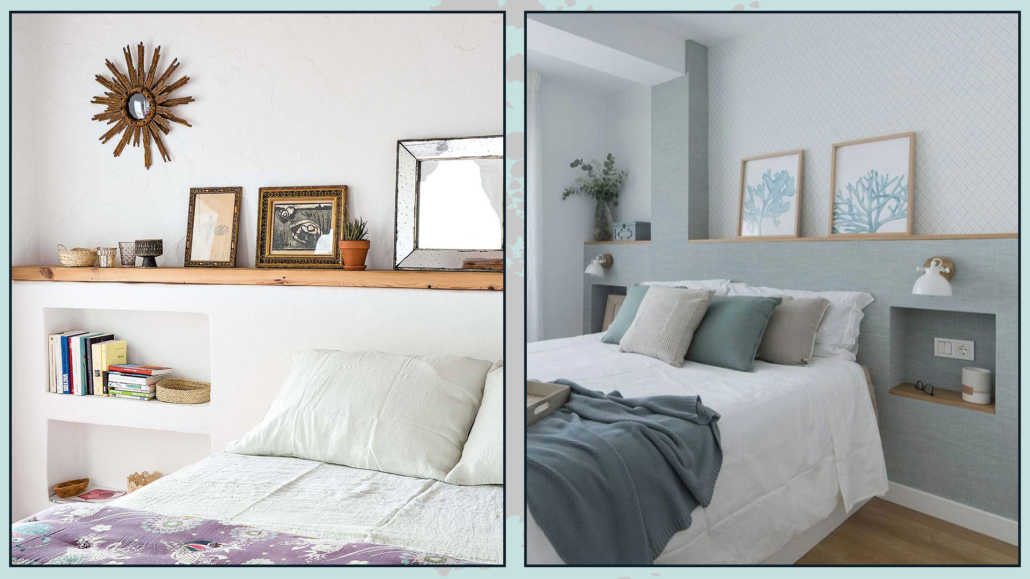
(credit: Jover Construcciones; @vevamall)
Finally, the thickness of this wall will serve as a shelf to rest what you prefer, from decorative objects to lamps!
Of course, these niches can also be illuminated, thus creating a bit of play and atmosphere.
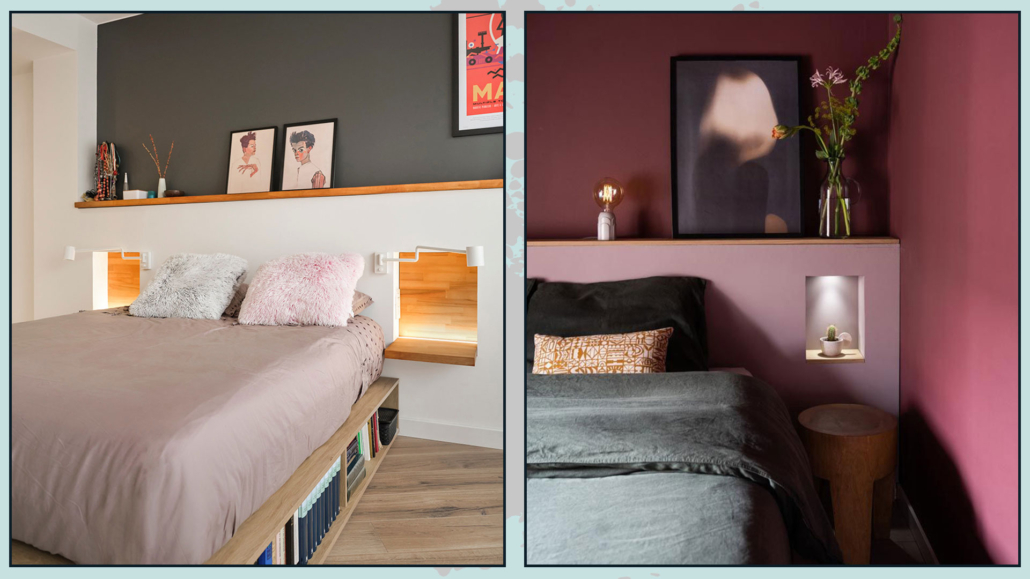
(credit: estudiomatmata.es; Ons Haarlemse Huisje)
6 – WITH FURNITURE
Do you like the idea I gave you before but don’t want to do the masonry work? You can use a piece of furniture!
It can be a low, perhaps modular bookcase: you would always have the top shelf and space to use as a nightstand, actually freeing up space near the bed.
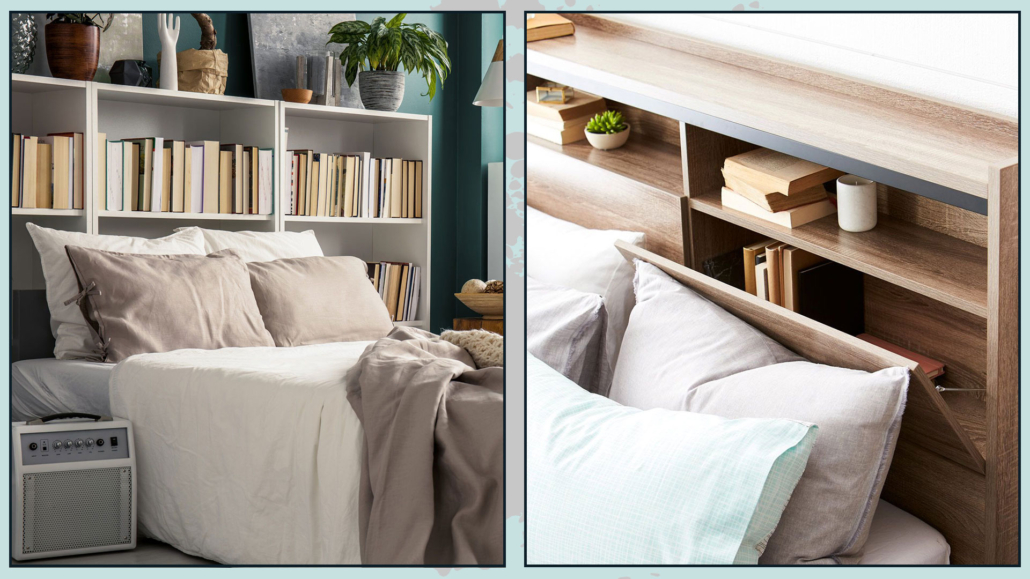
(credit: iStock; uoifa.com)
7 – DRAWN
Why not draw it? Nowhere is it written that the headboard must be something physical!
If you are an original person, you can draw a headboard of the shape and size you want: using stickers or washi tape.
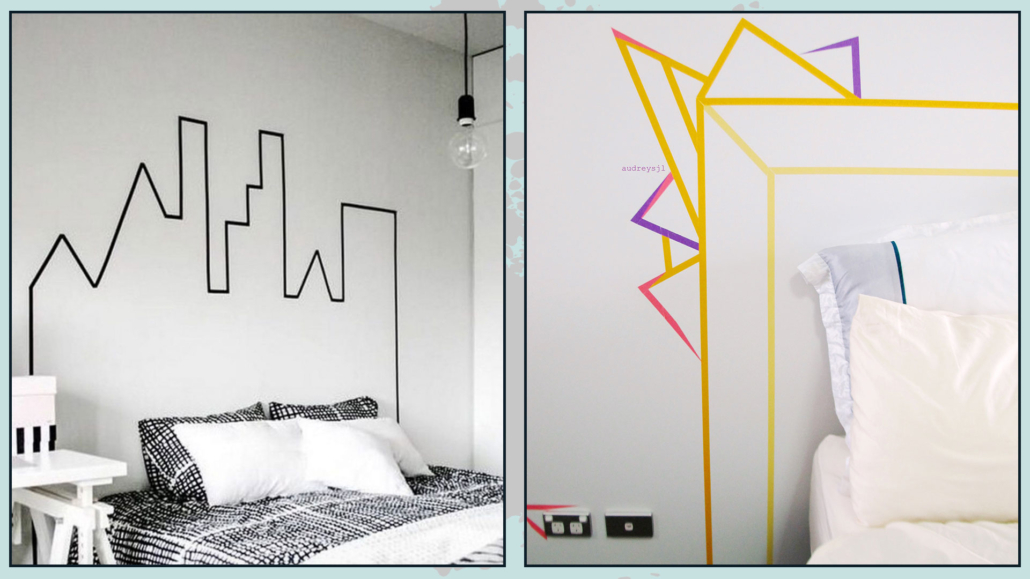
(credit: clemaroundthecorner.com; audreysjl)
This solution would allow you to change the headboard whenever you want, just detach the tape and create a new one.
You can use the stencil and, again, give your headboard the shape you want or just use color blocking!
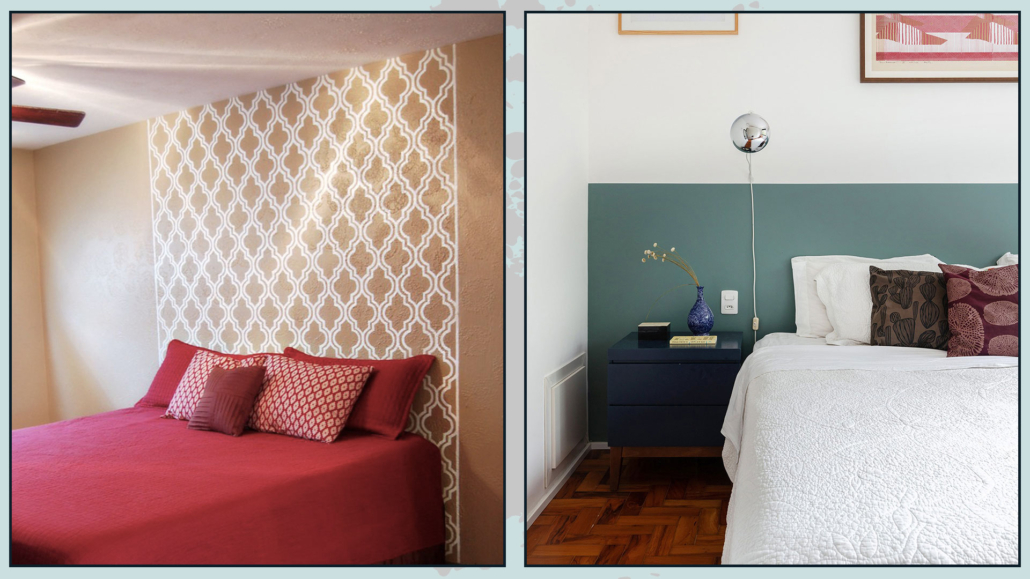
(credit: Sarah Cooper; historiasdecasa.com.br)
8 – WITH TILES
That is not a solution you often see, but you can also make the headboard of your bed with ceramic tiles or porcelain stoneware, the same used for the coatings of bathrooms and kitchens.
Like the masonry option, this is a more “invasive” and, I dare say, definitive solution, but also of considerable scenographic impact.
The modularity and various tile sizes allow you to create a wide variety of wall designs.
Here you can really give space to your imagination!
A not insignificant advantage of this solution is that it is really easy to clean, thus being very hygienic!
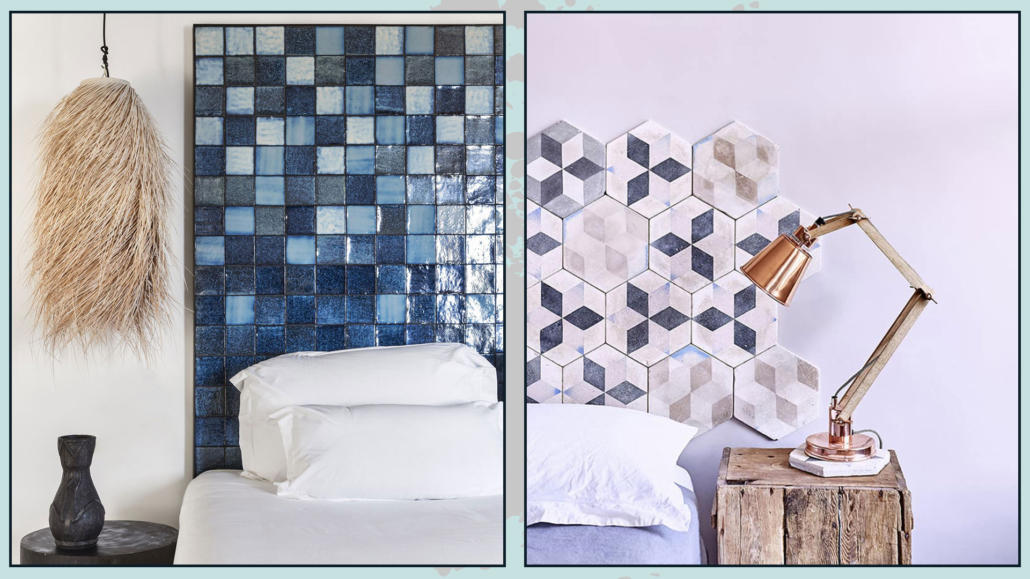
(credit: beriestain.com; Patchwork Harmony)
Which of these ideas did you like the most? Let me know in the comments!!!
Whichever type of headboard you choose, remember that for a regal and distinctive look of the bed and the room in general, the headboard will have to be huge!
I hope this article was helpful and you enjoyed it; in case, let me know in the comments!
Feel free to share the article with anyone you think might be interested, I will be honored and it will help me get my name out there.
And if you need advice for your home, do not hesitate to contact me!
